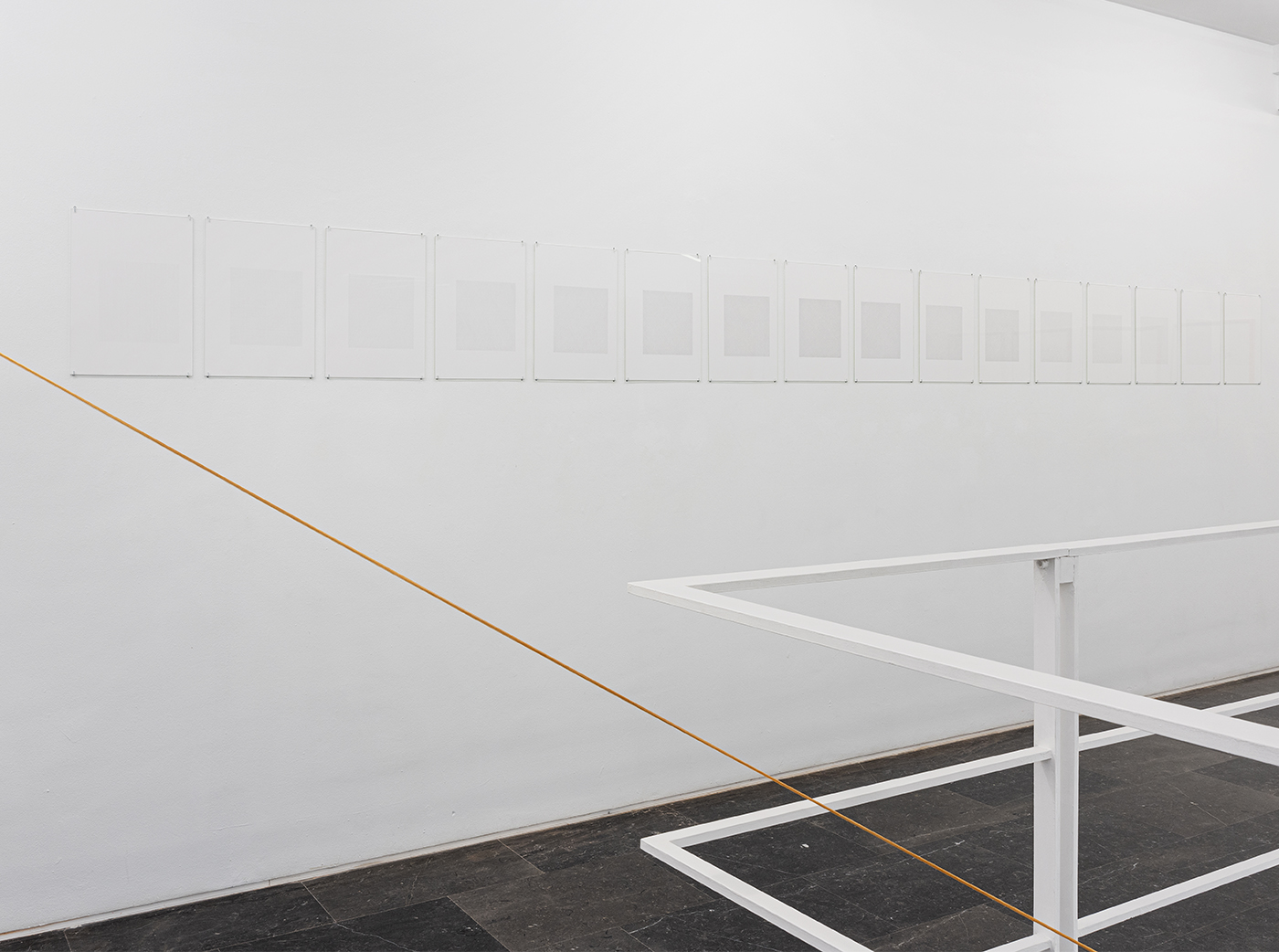Carmen Calvo. Carmen Calvo
Curated by Emmanuel Guigon with the collaboration of Victòria Combalía
May 5–September 3, 2023
Museu Picasso. Barcelona, Spain
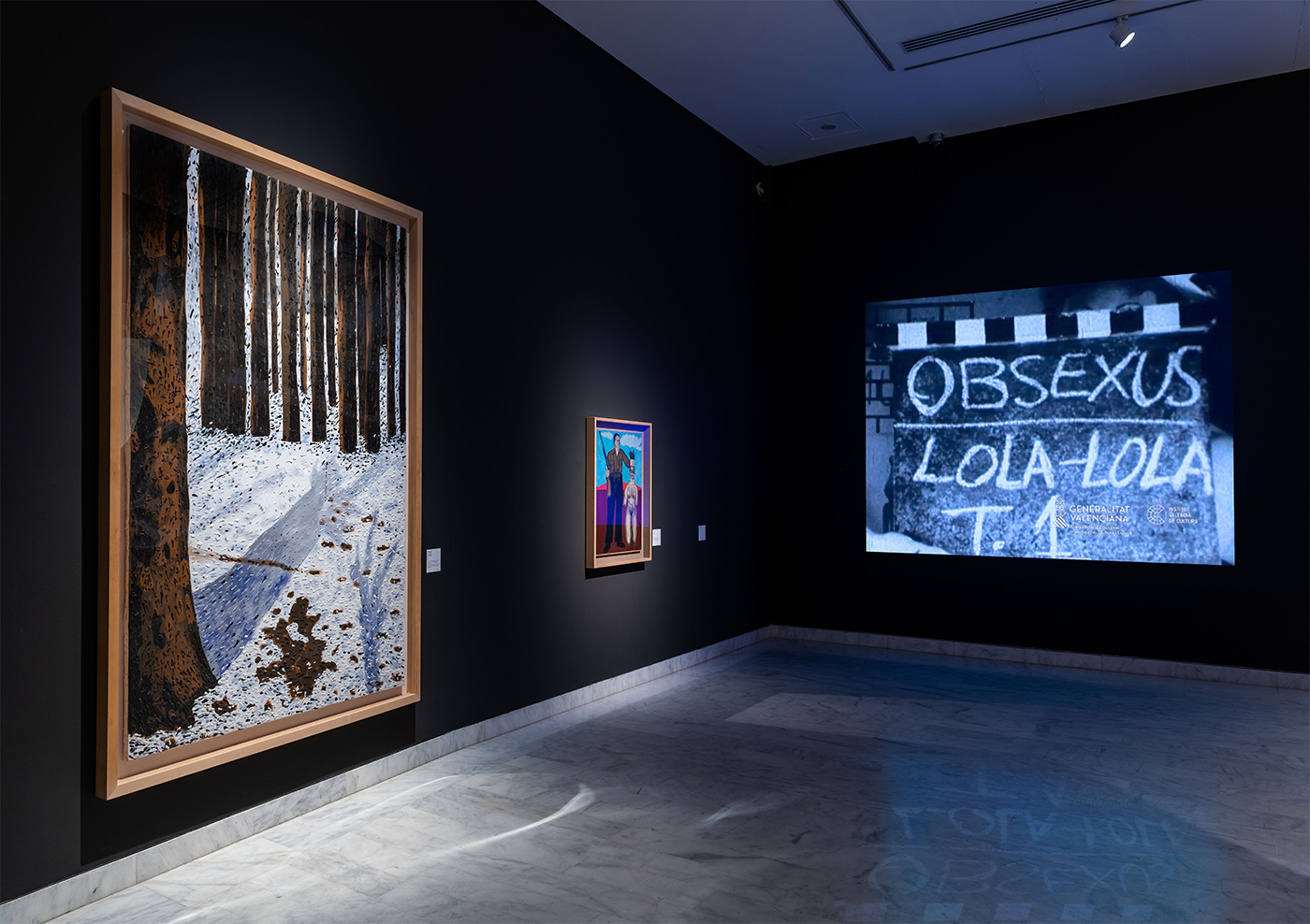
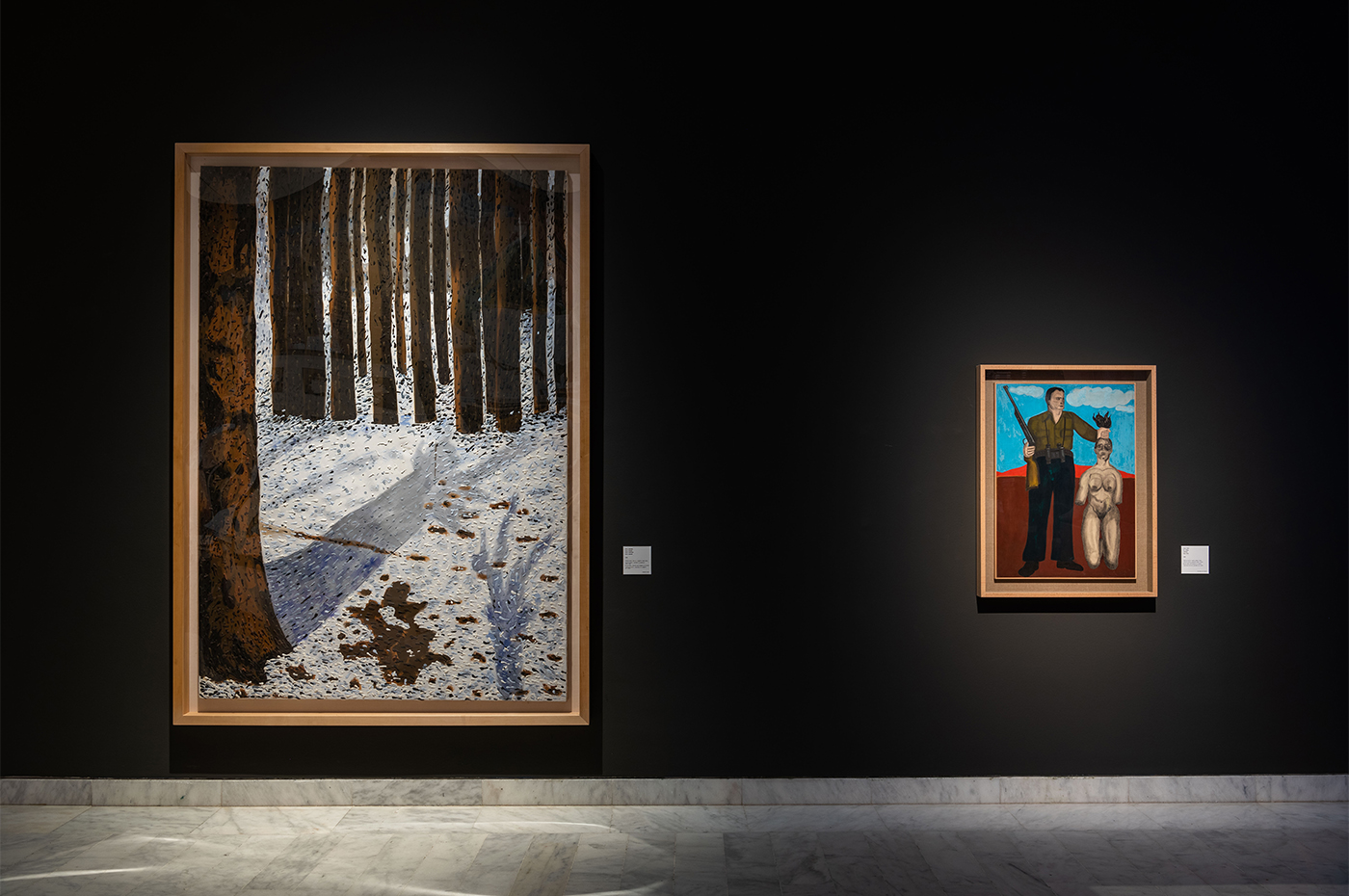
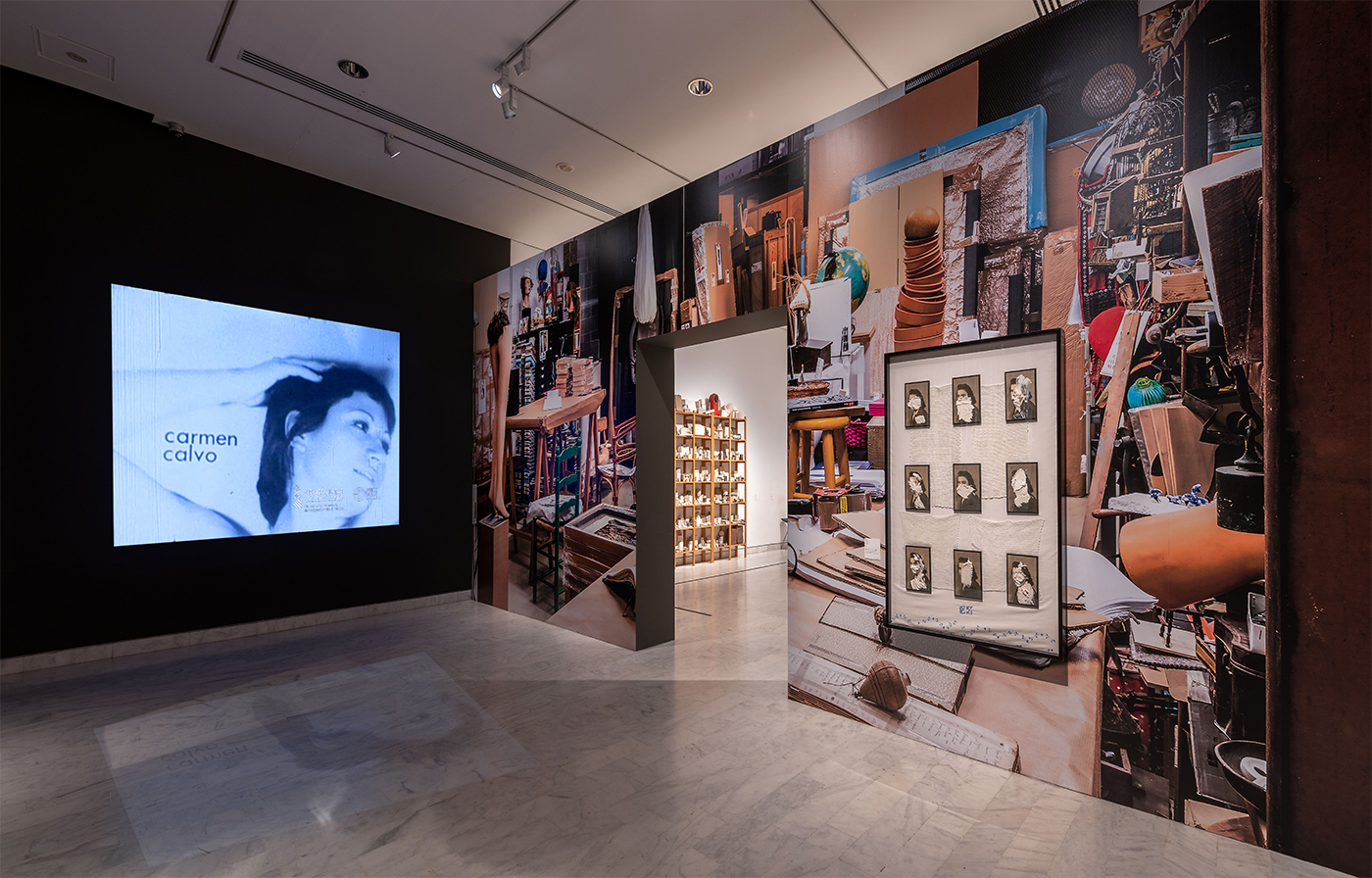
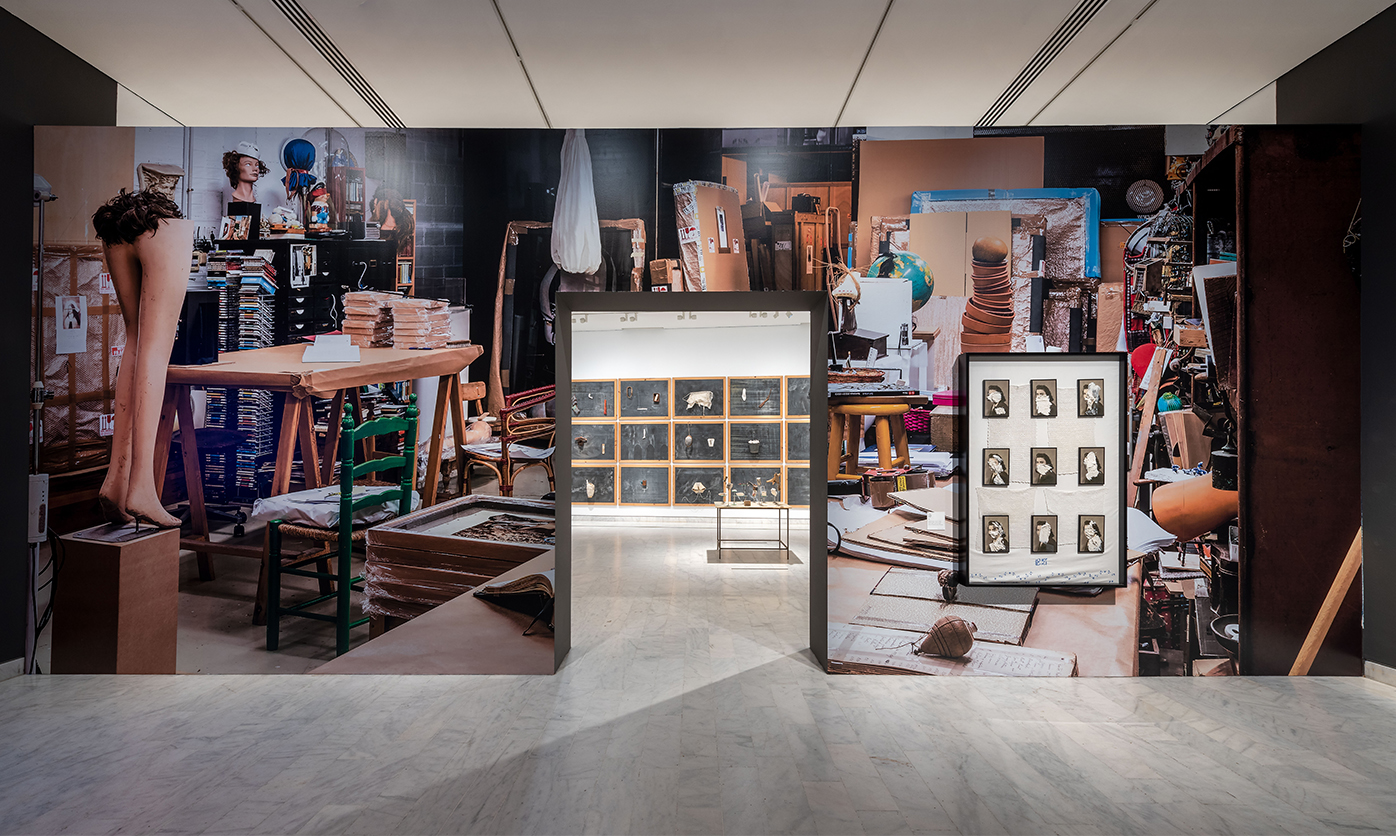
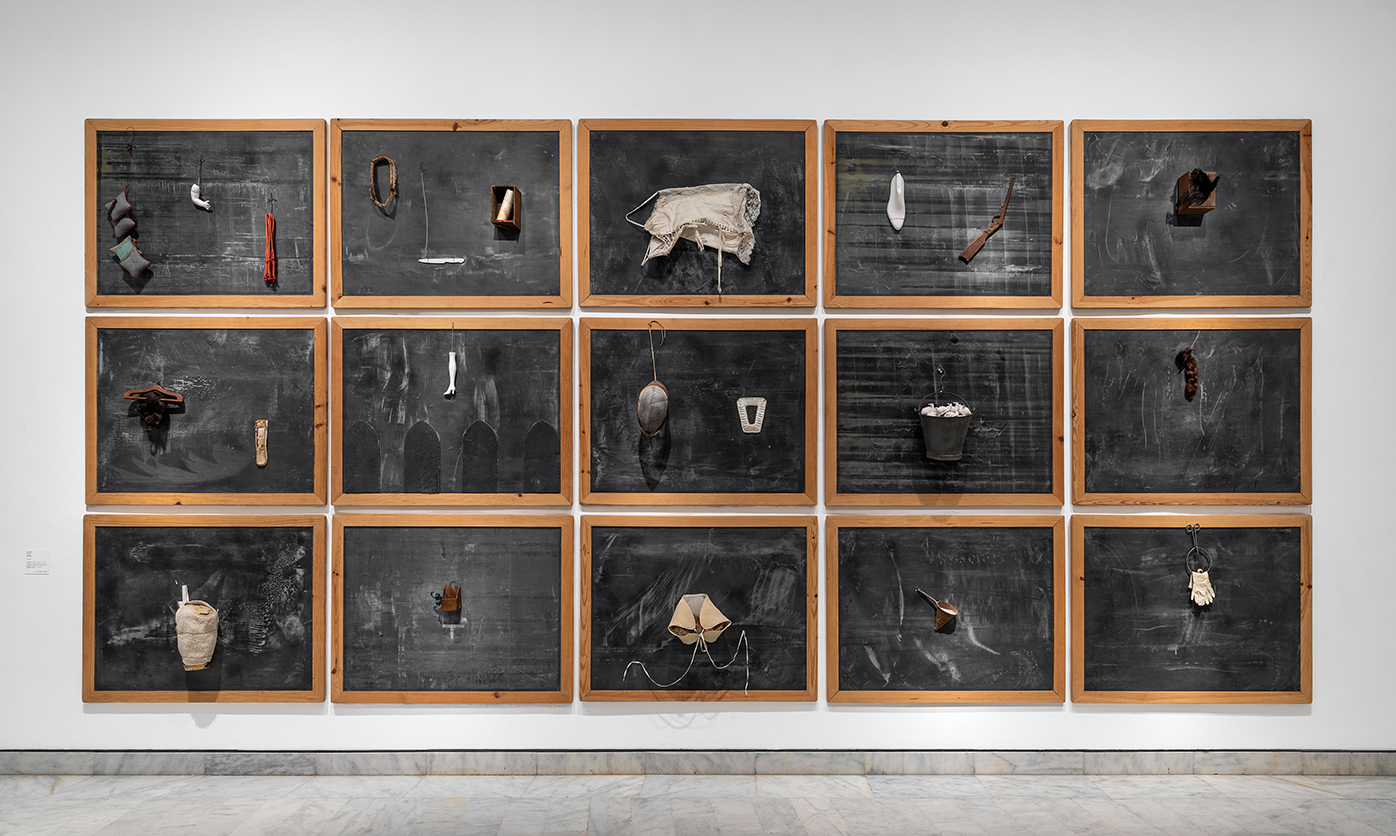
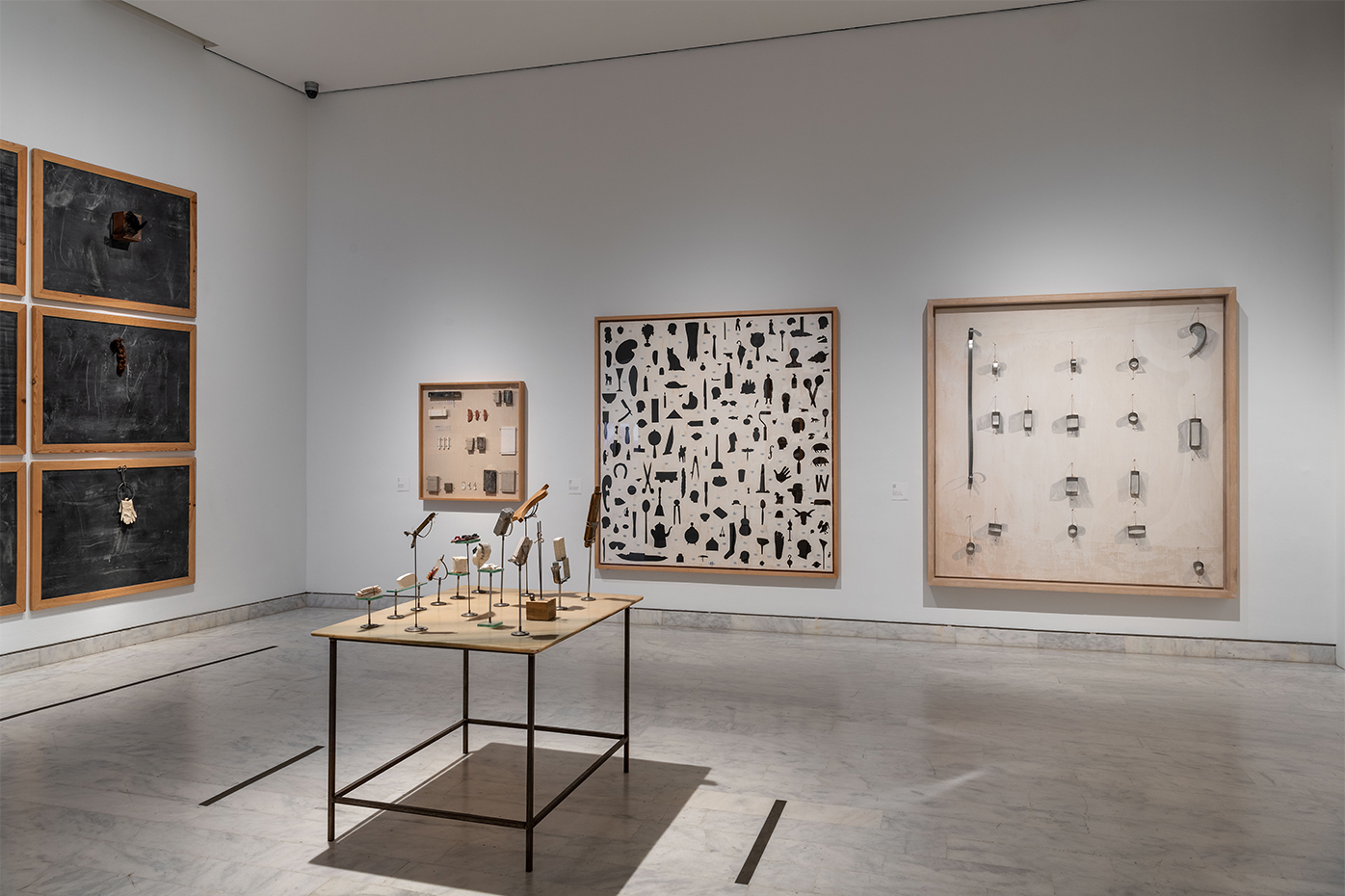
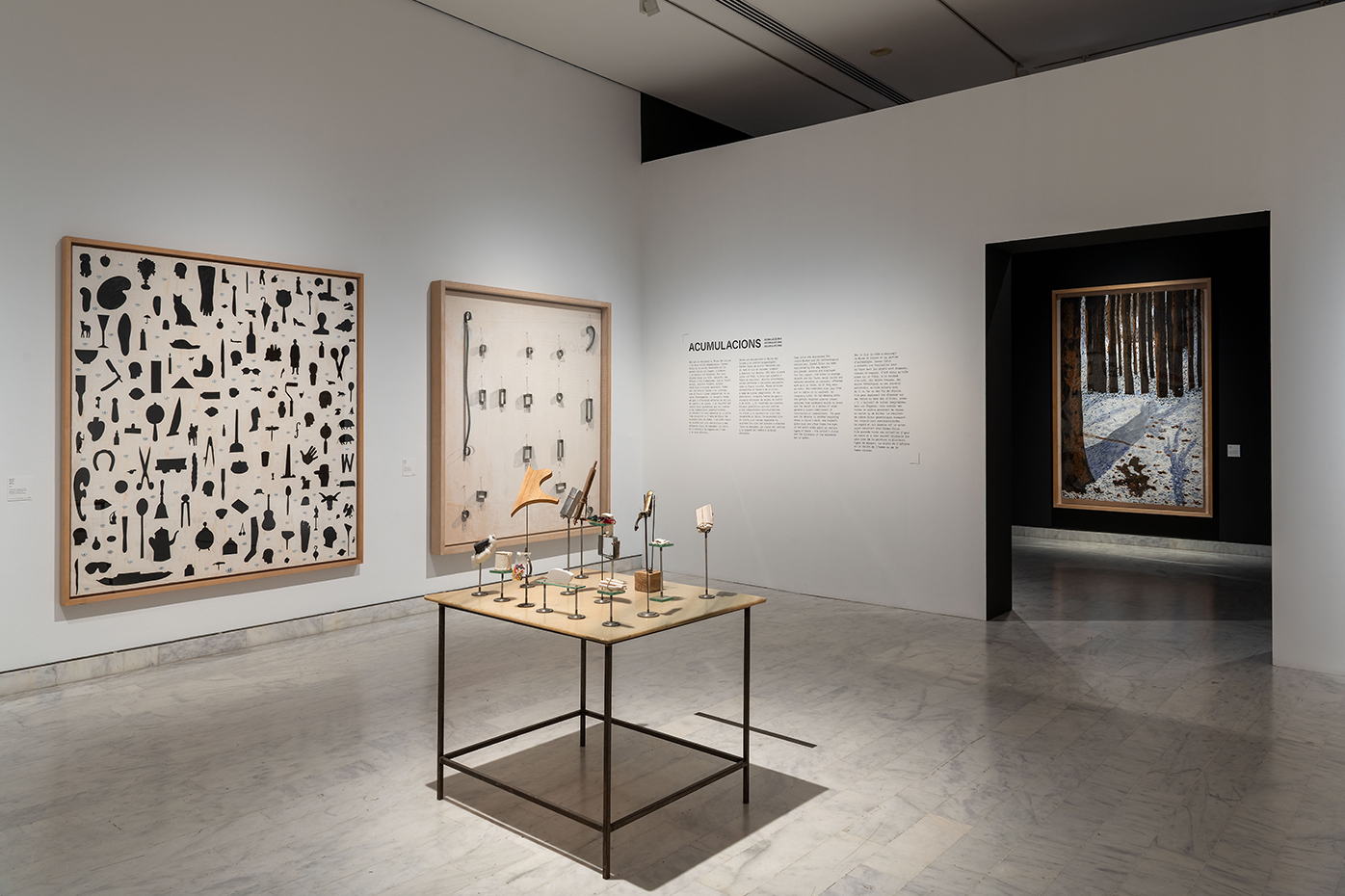
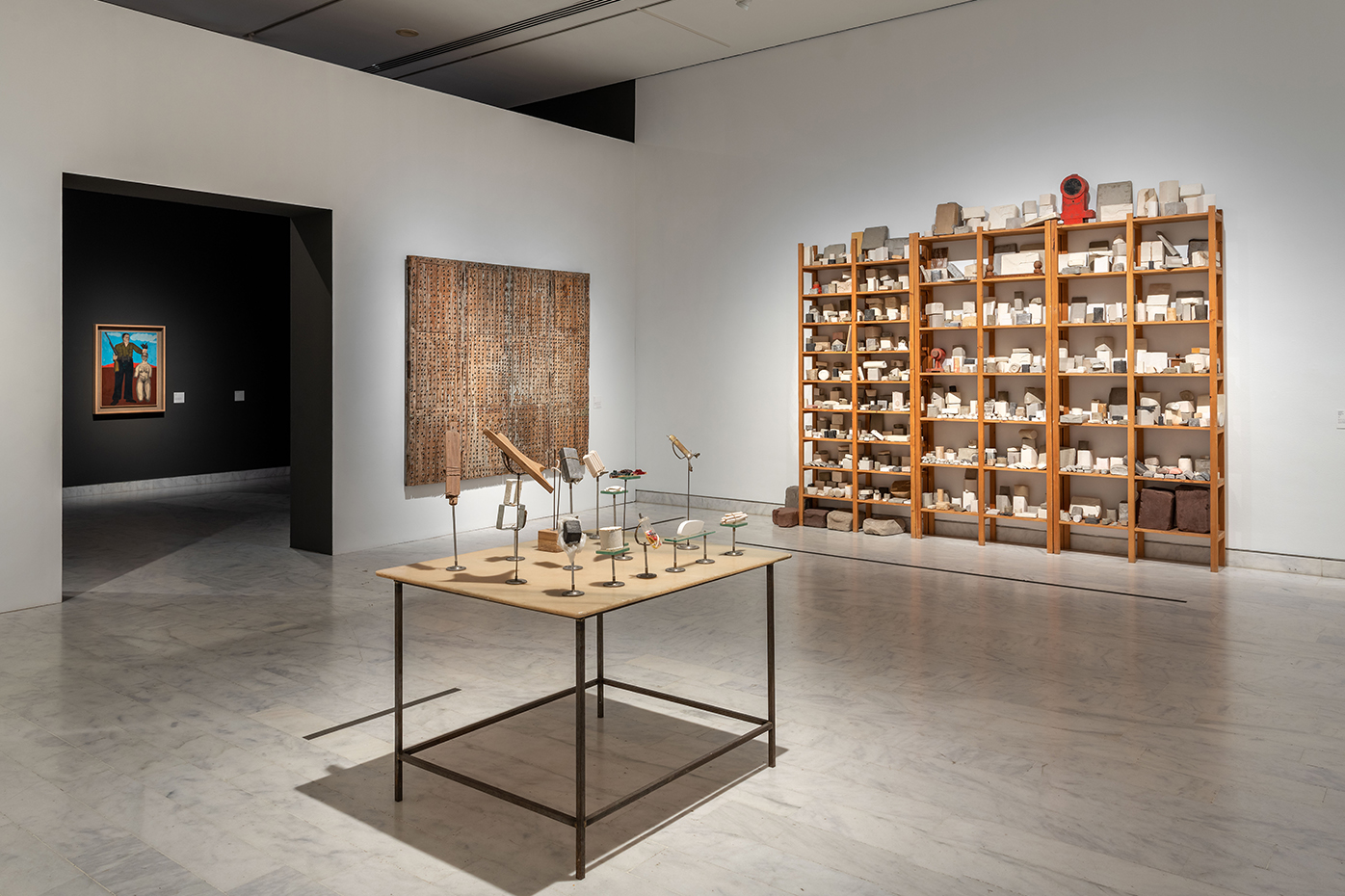
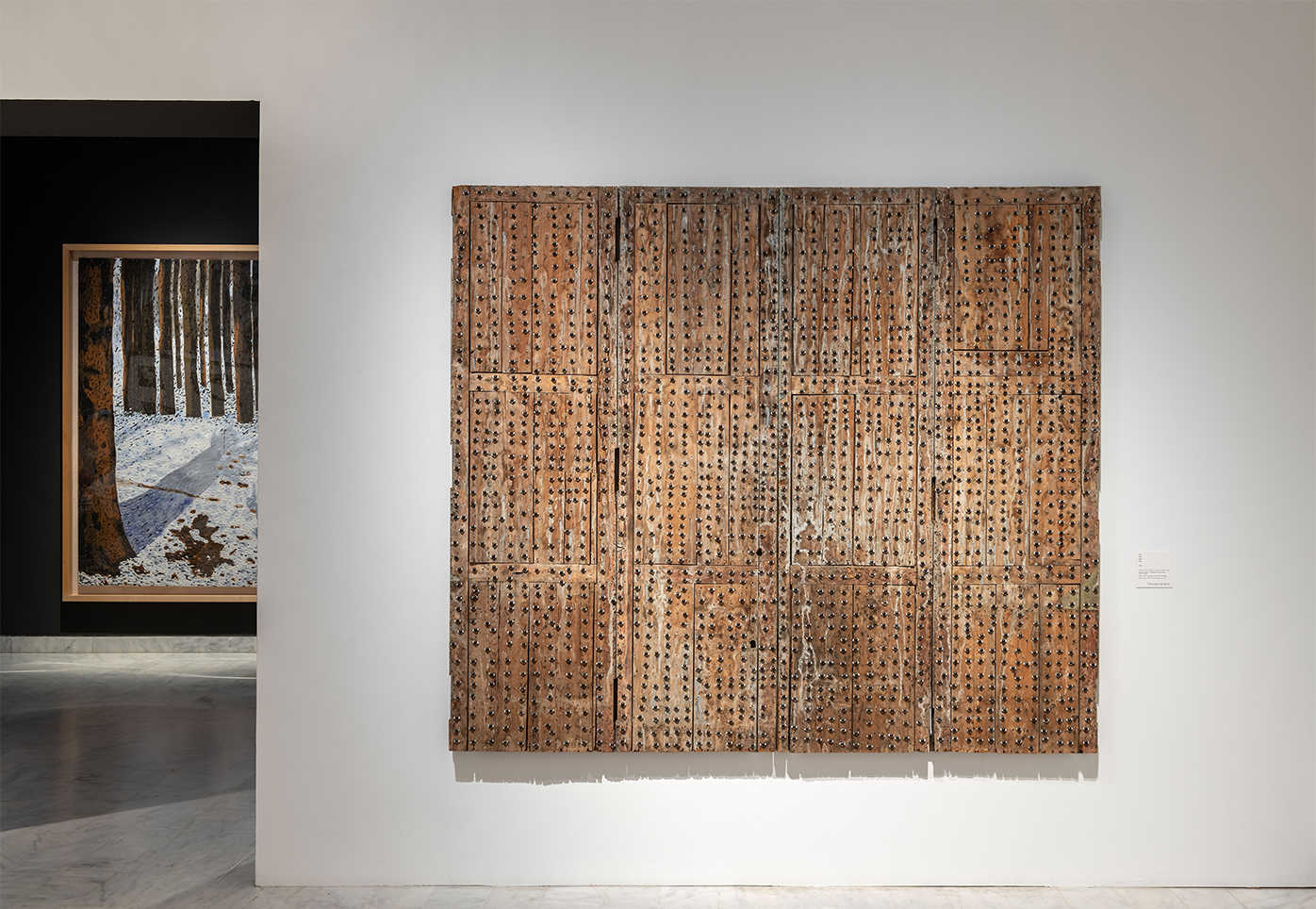
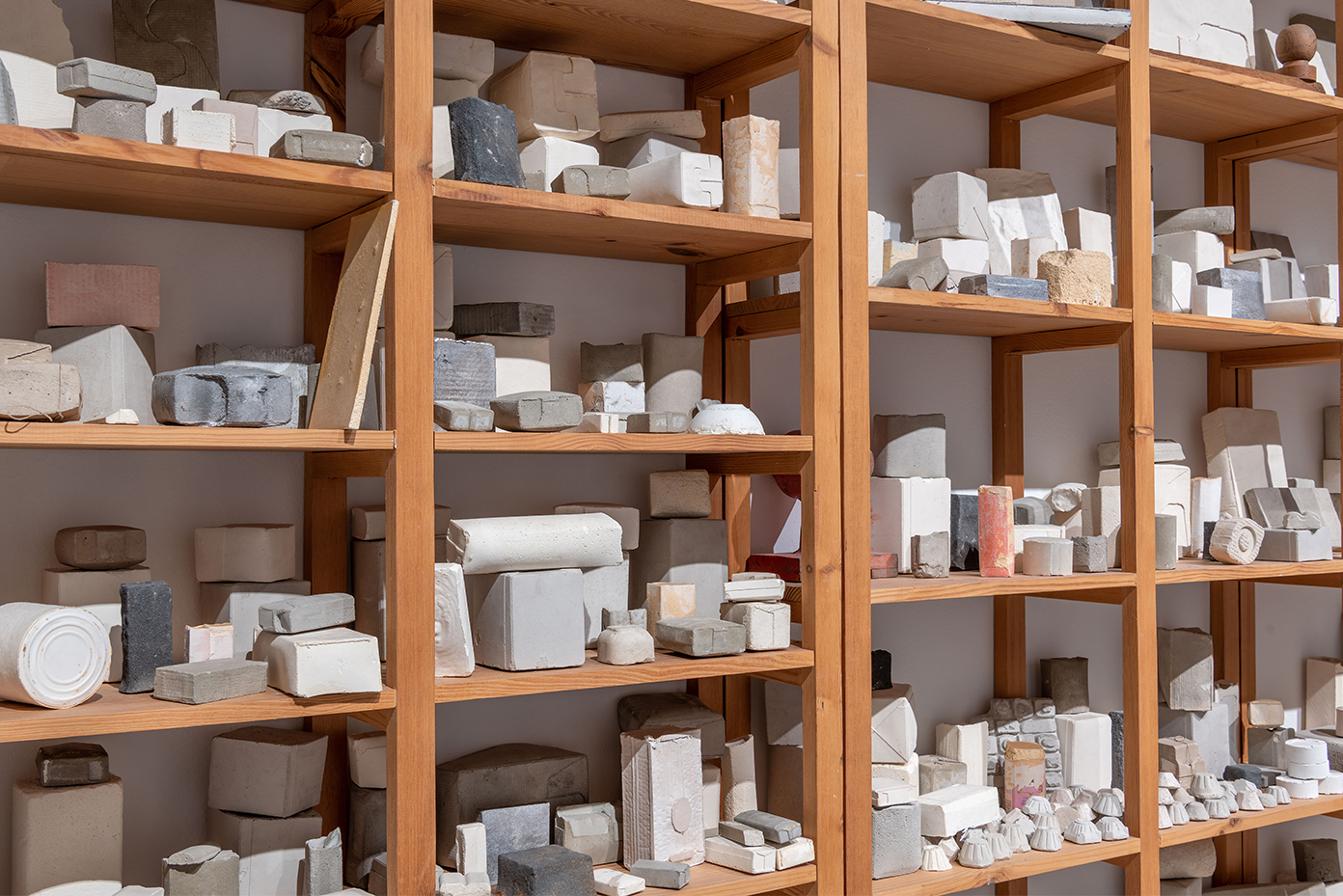
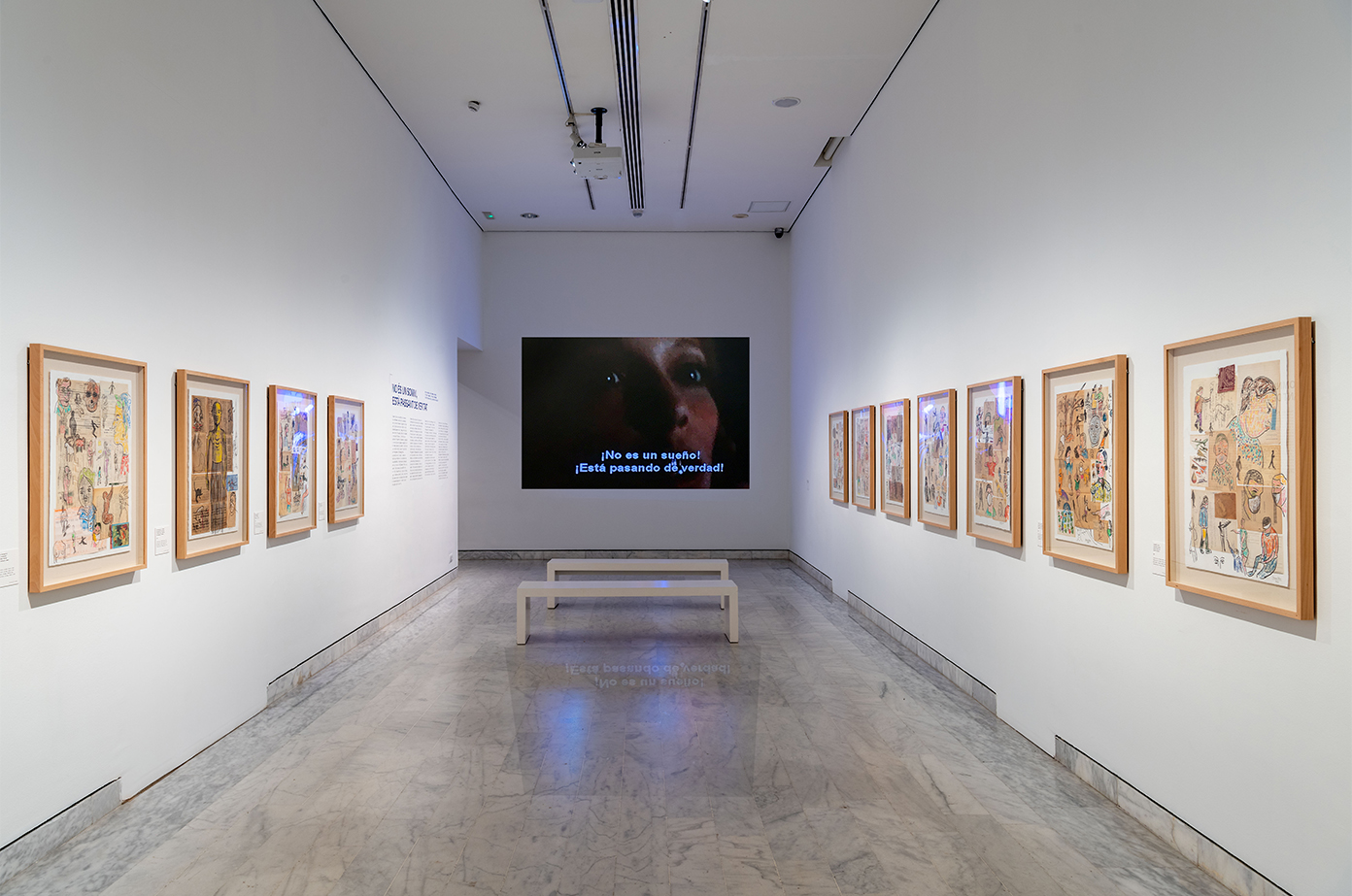

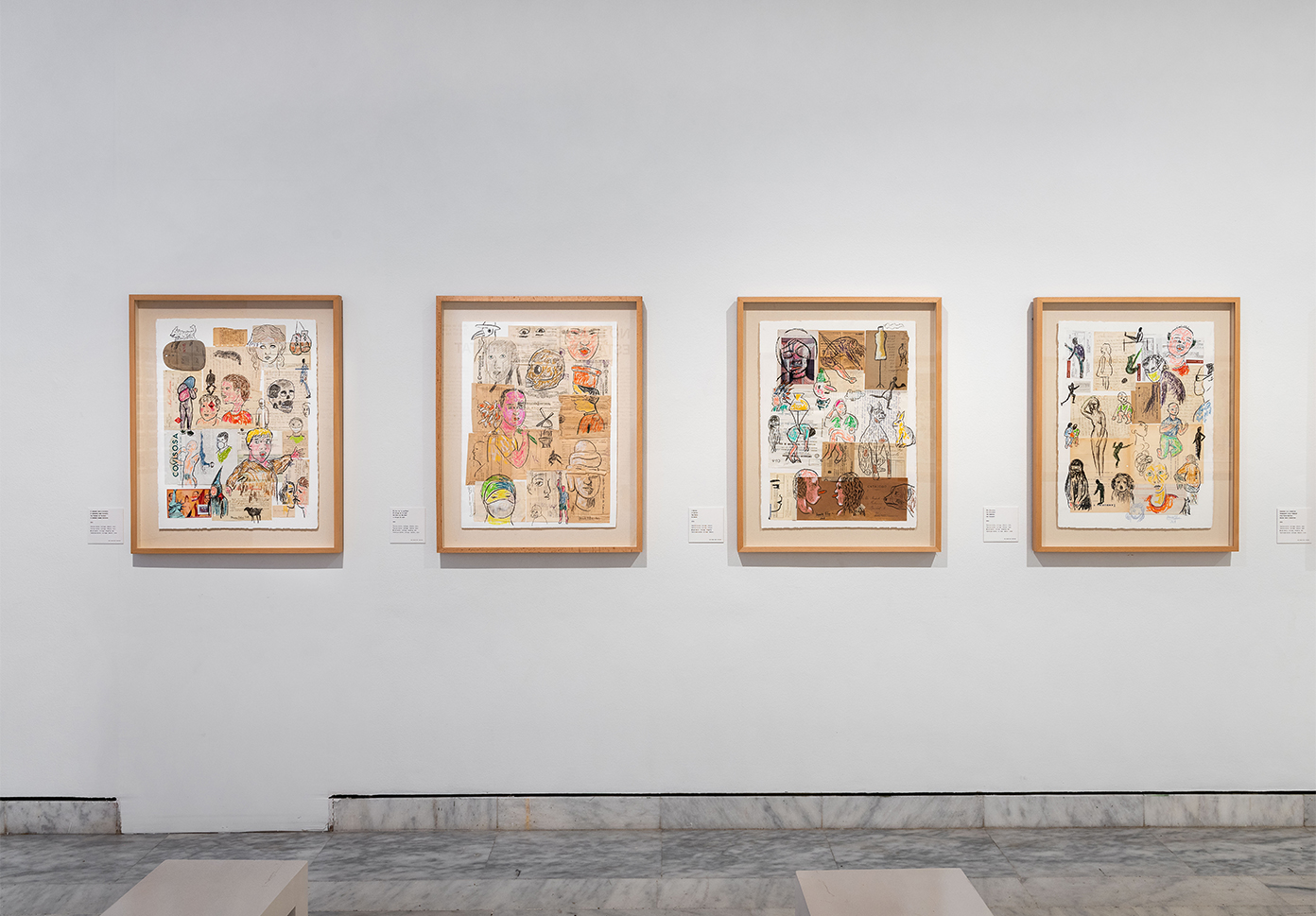
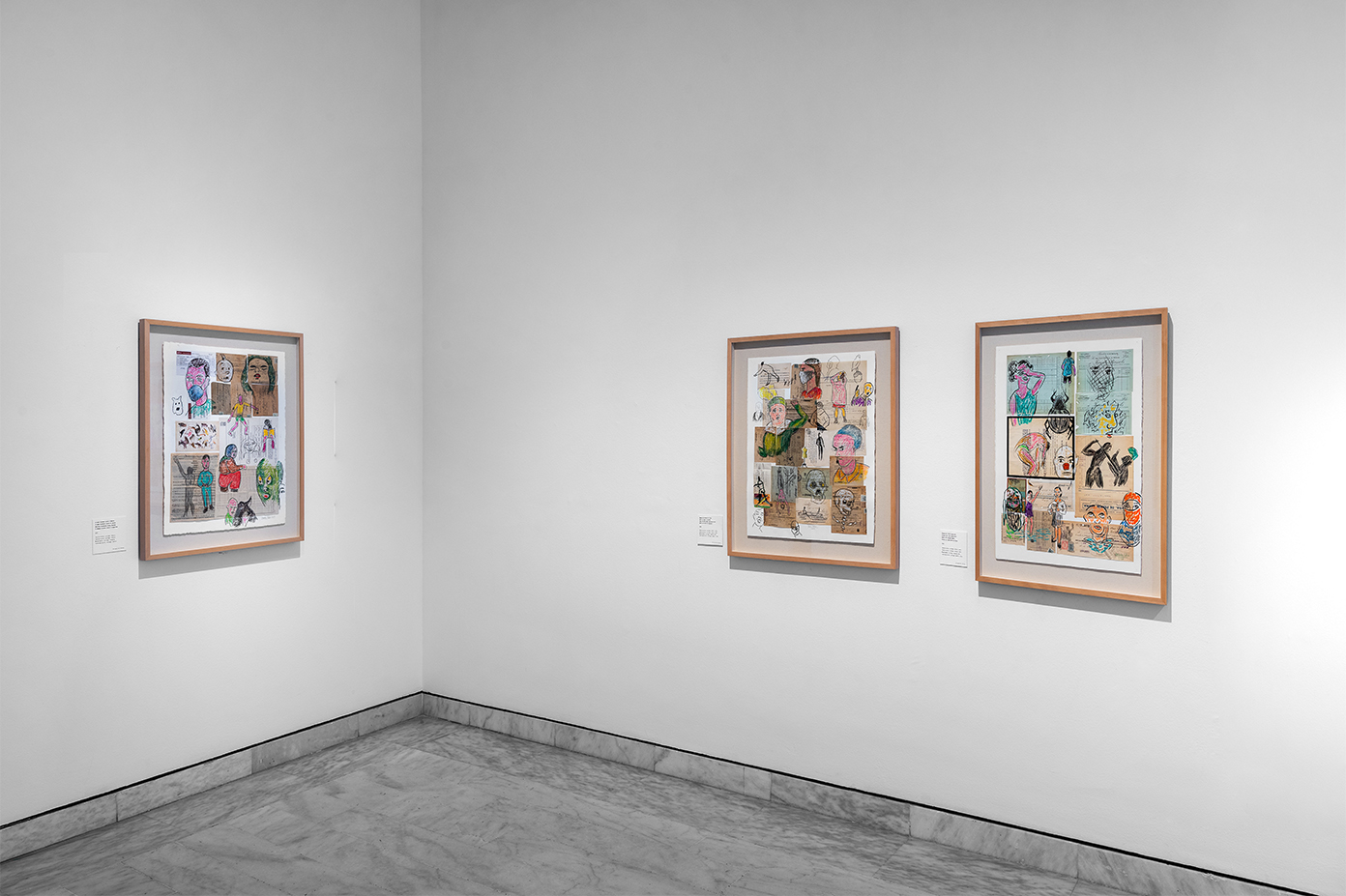
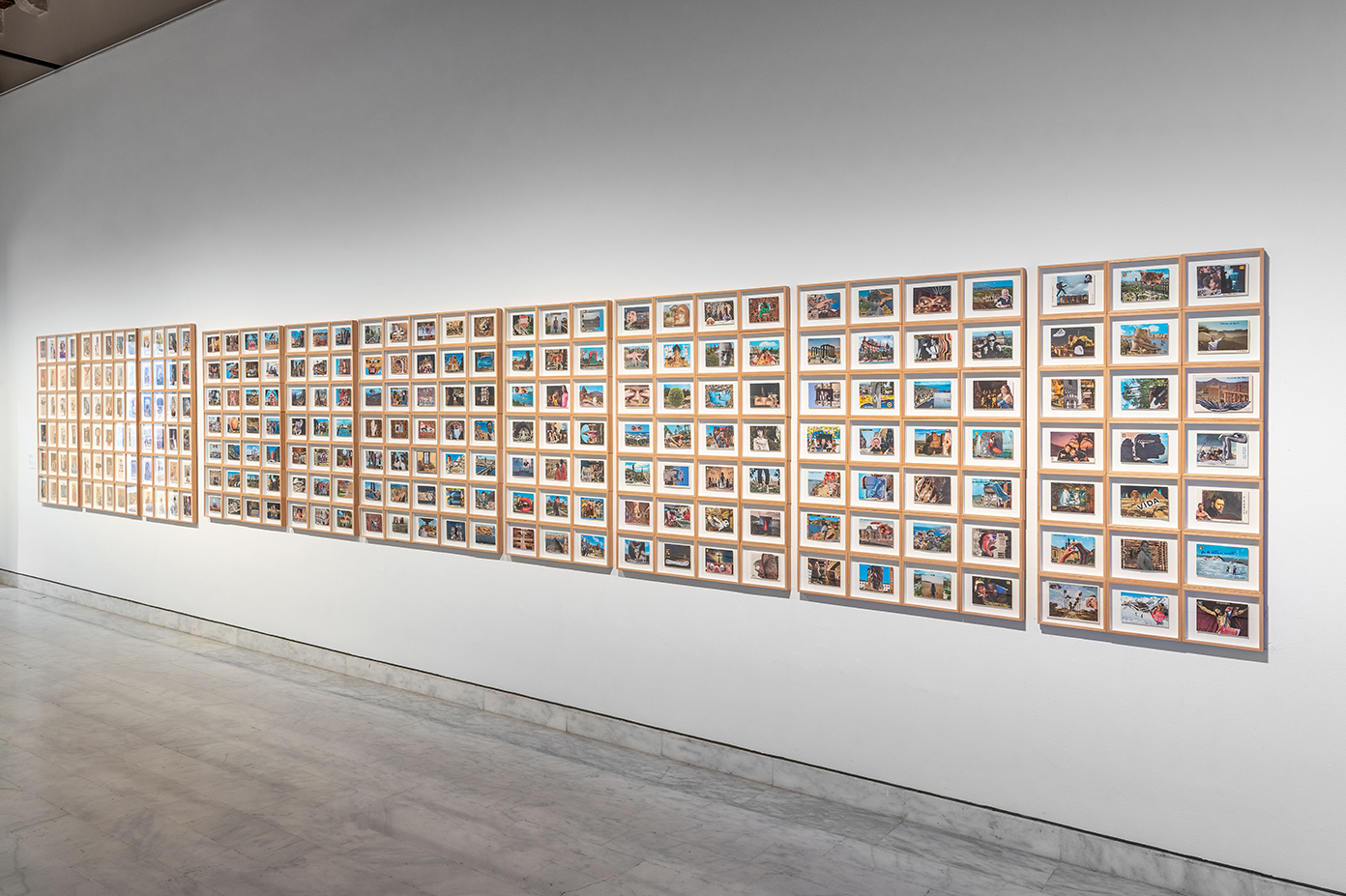
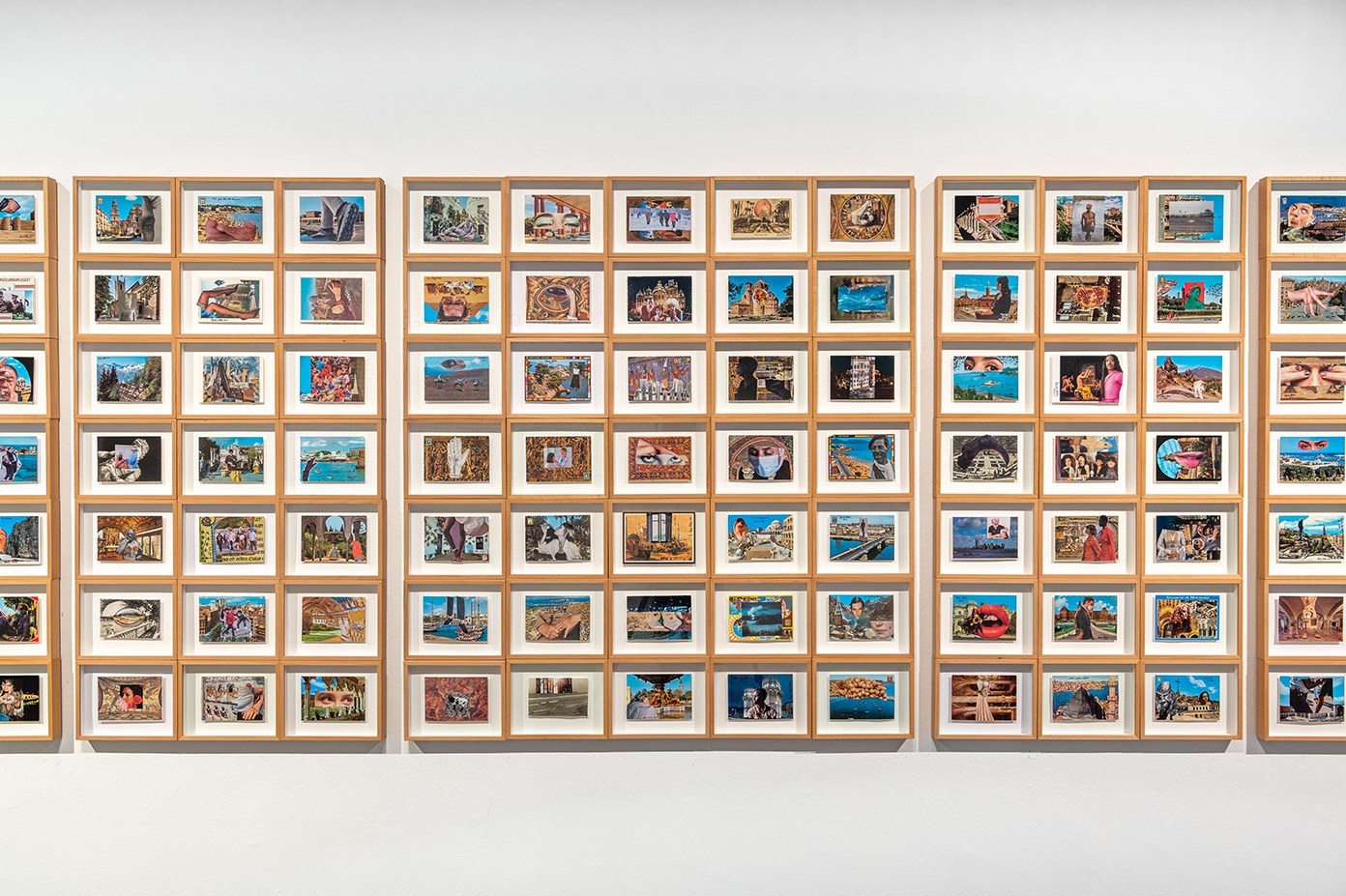
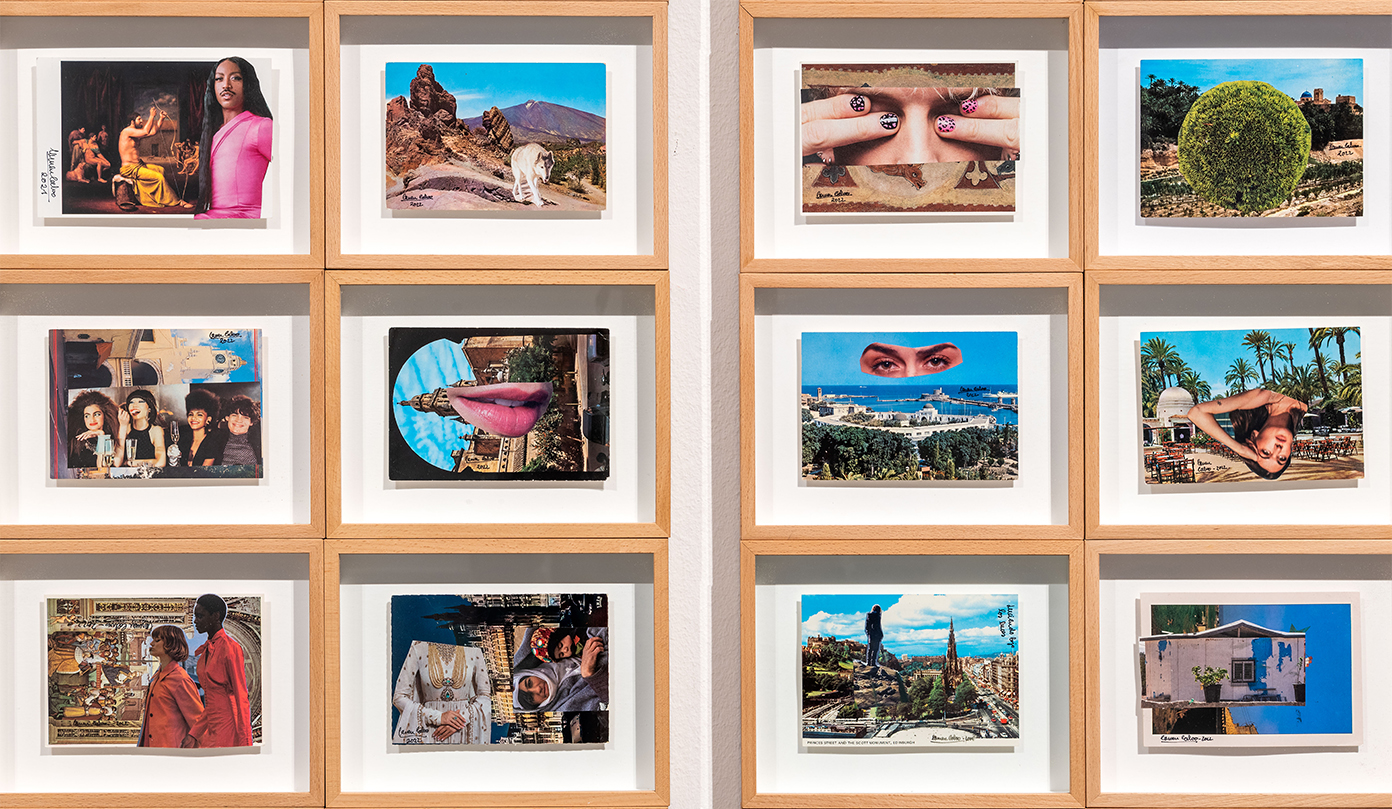
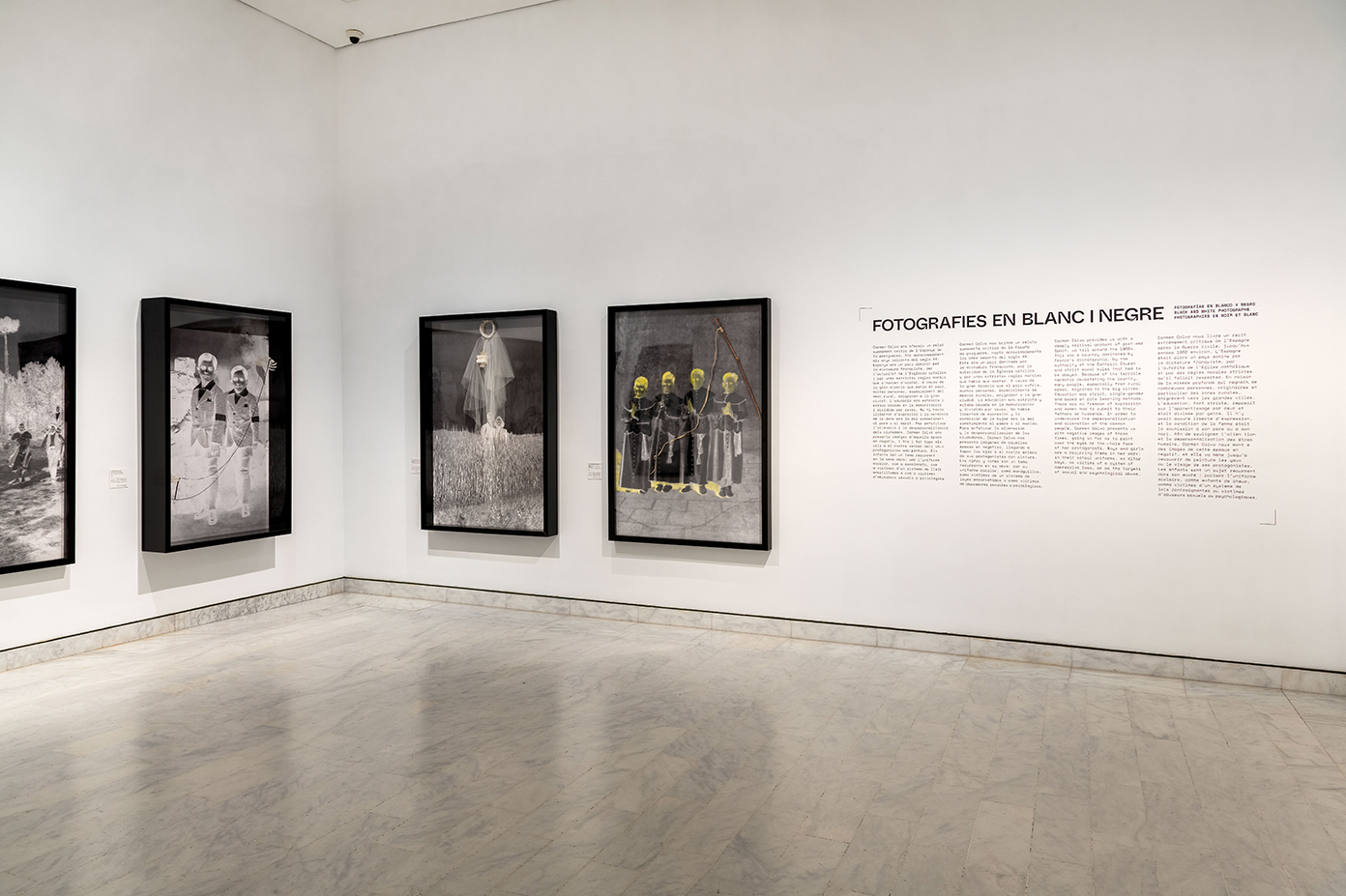
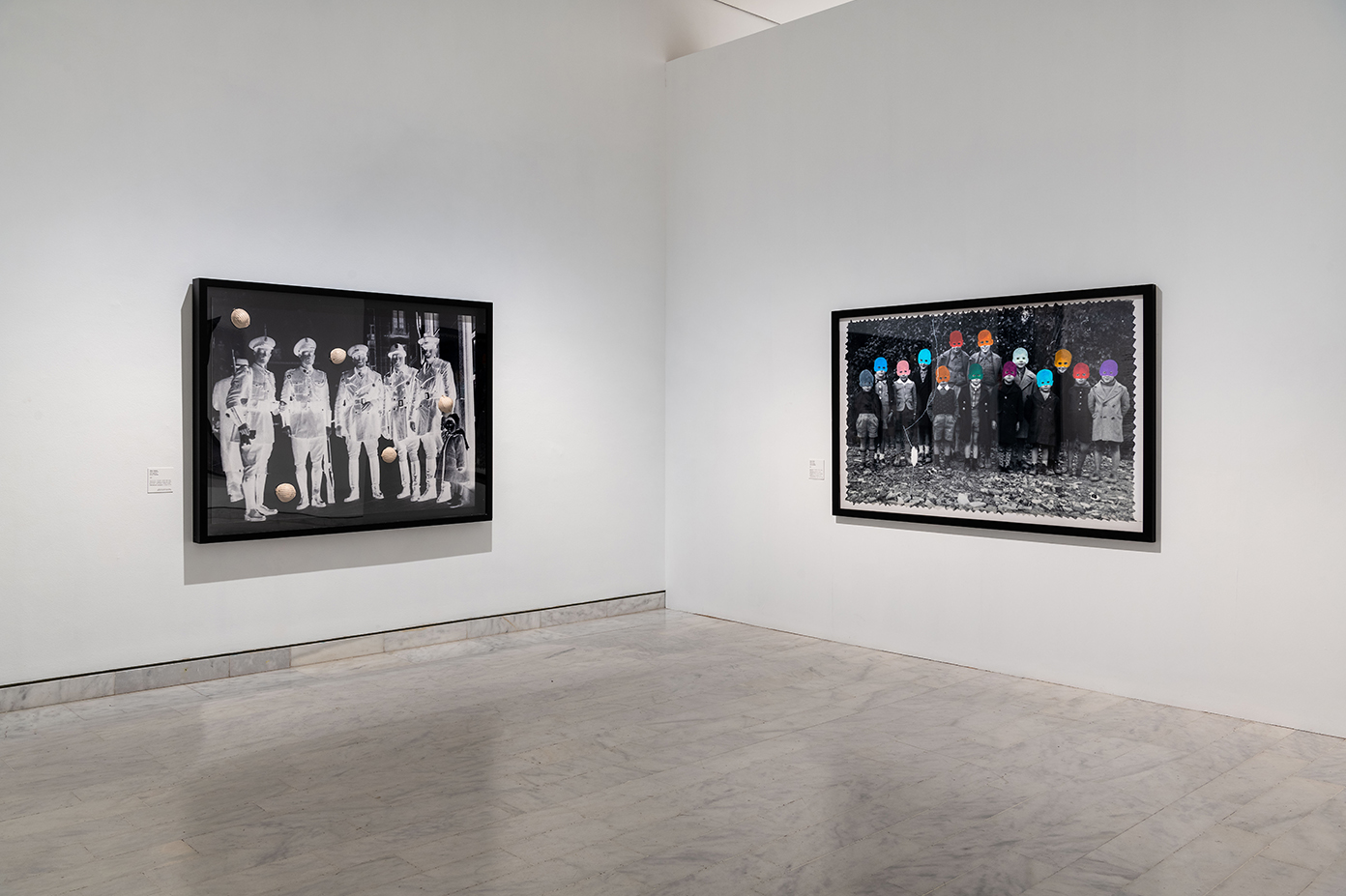
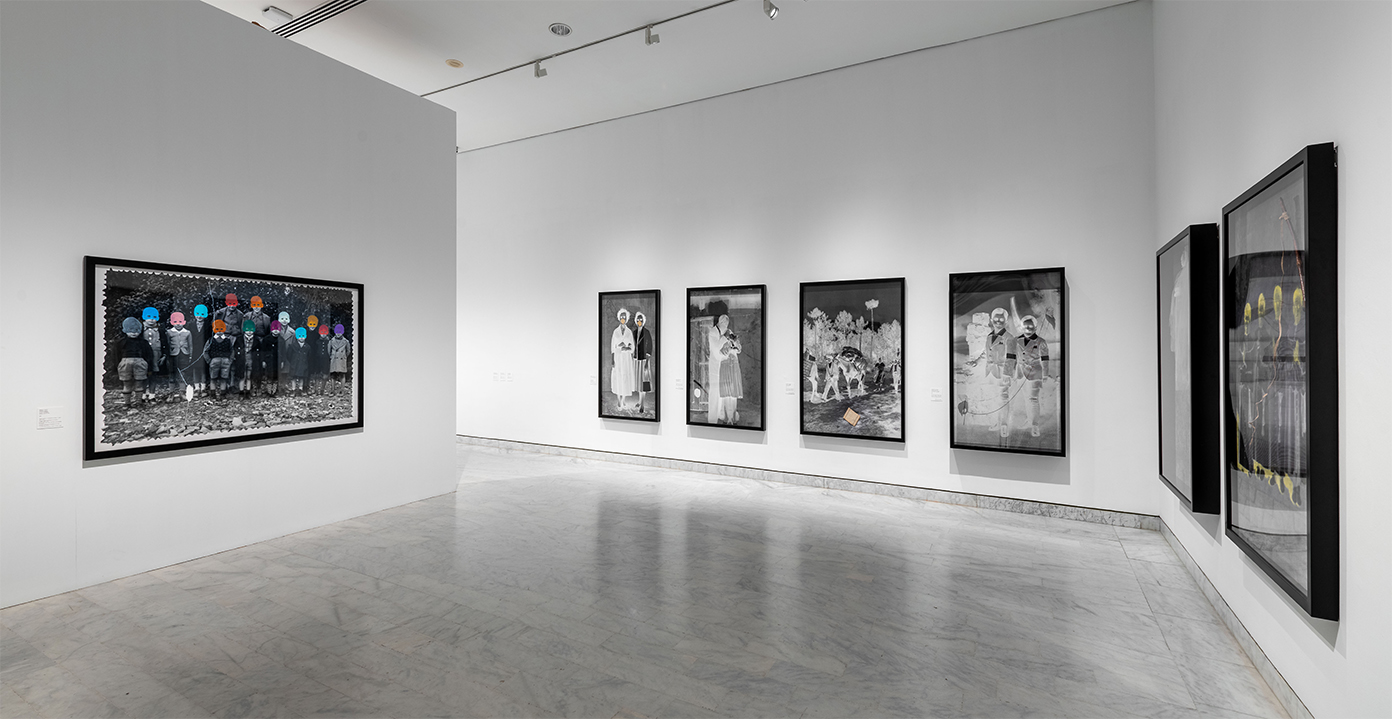
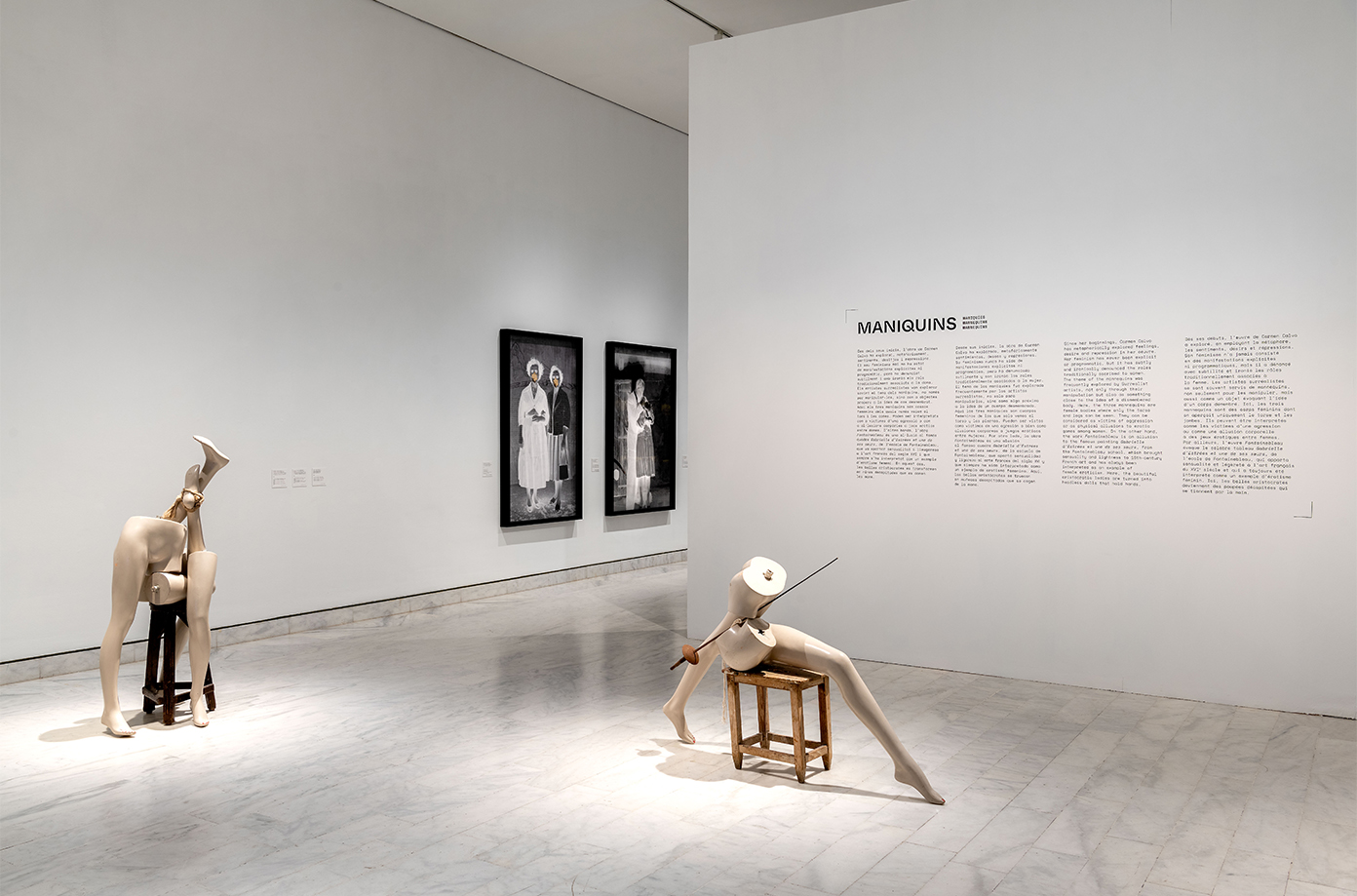
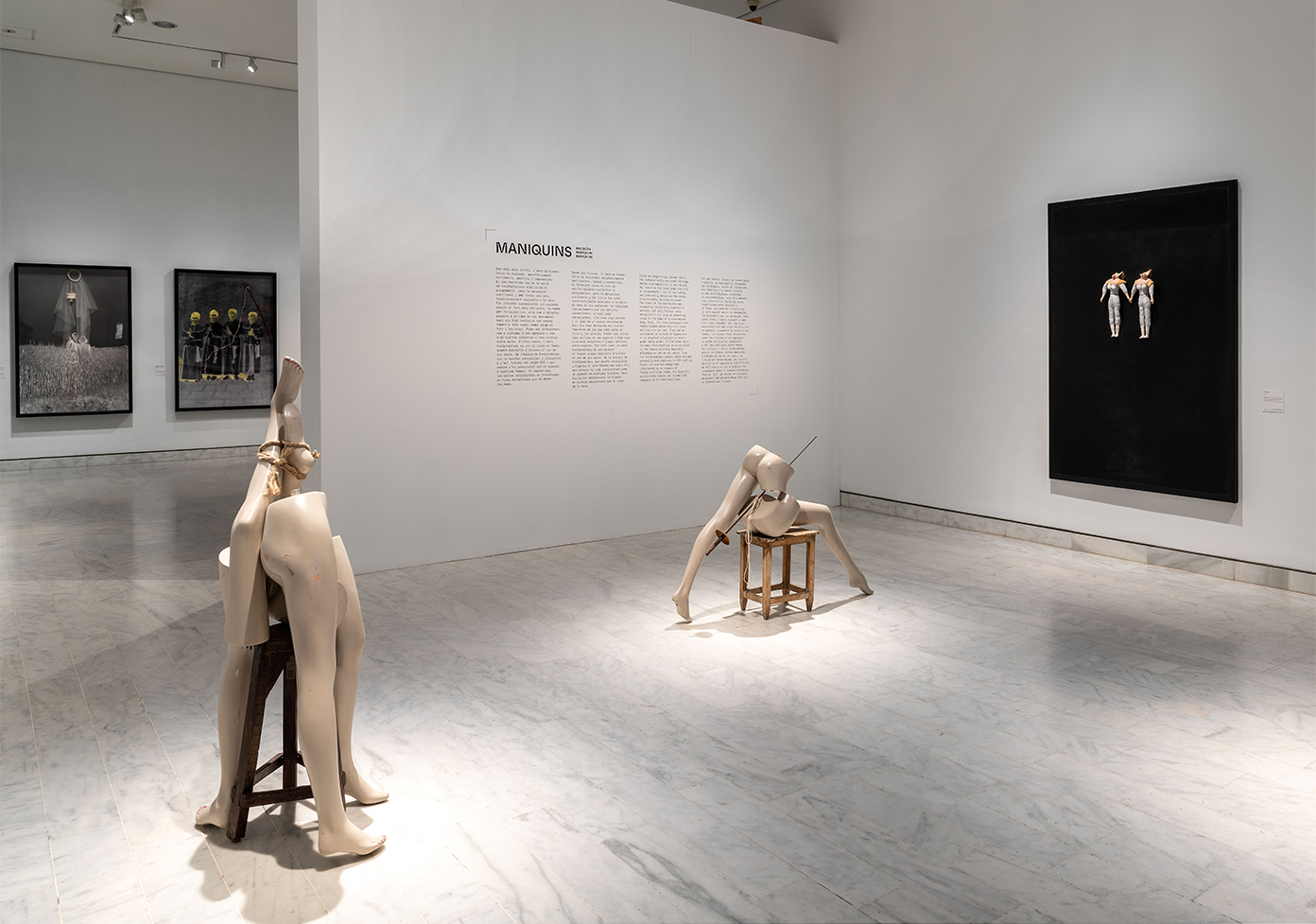
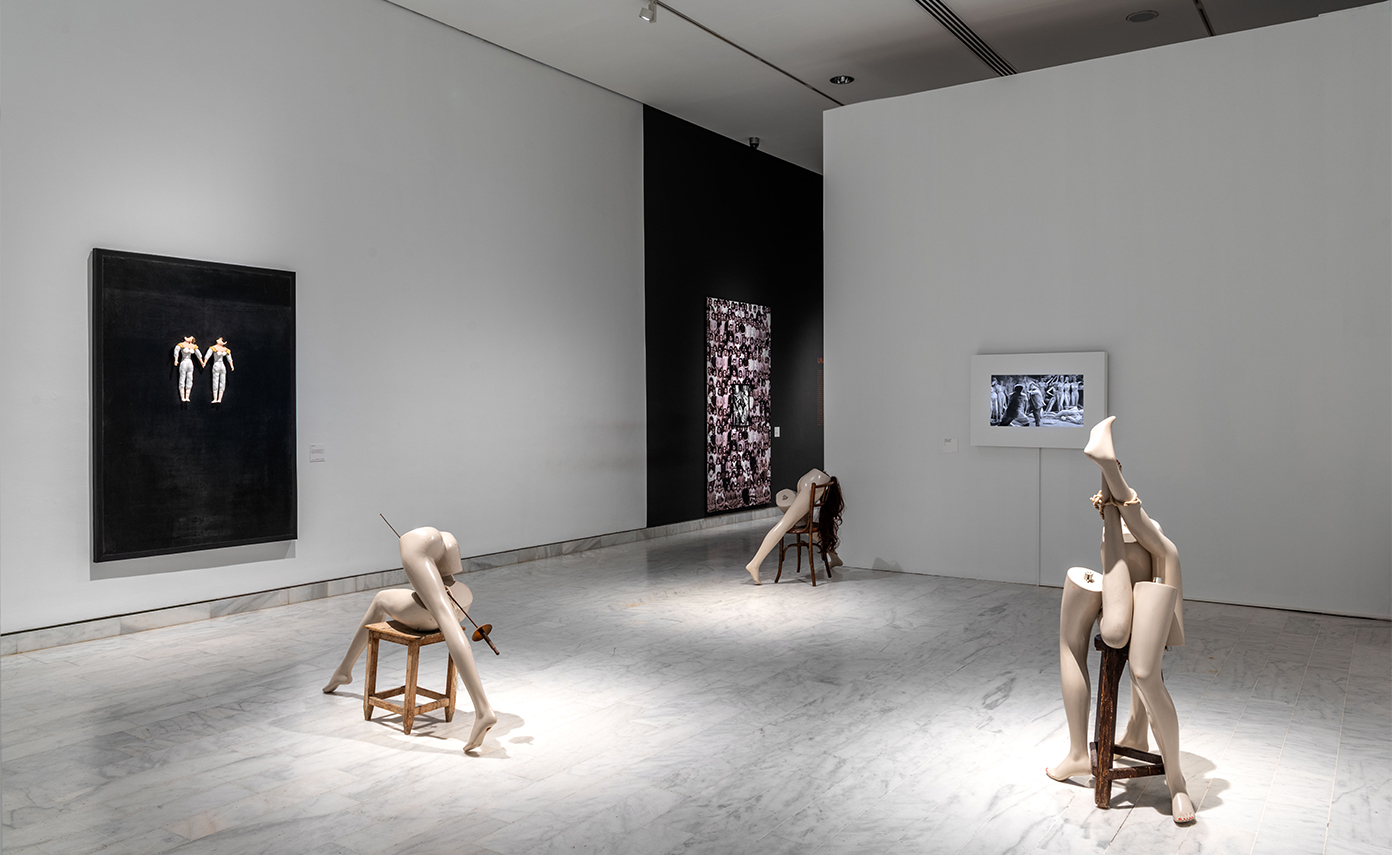
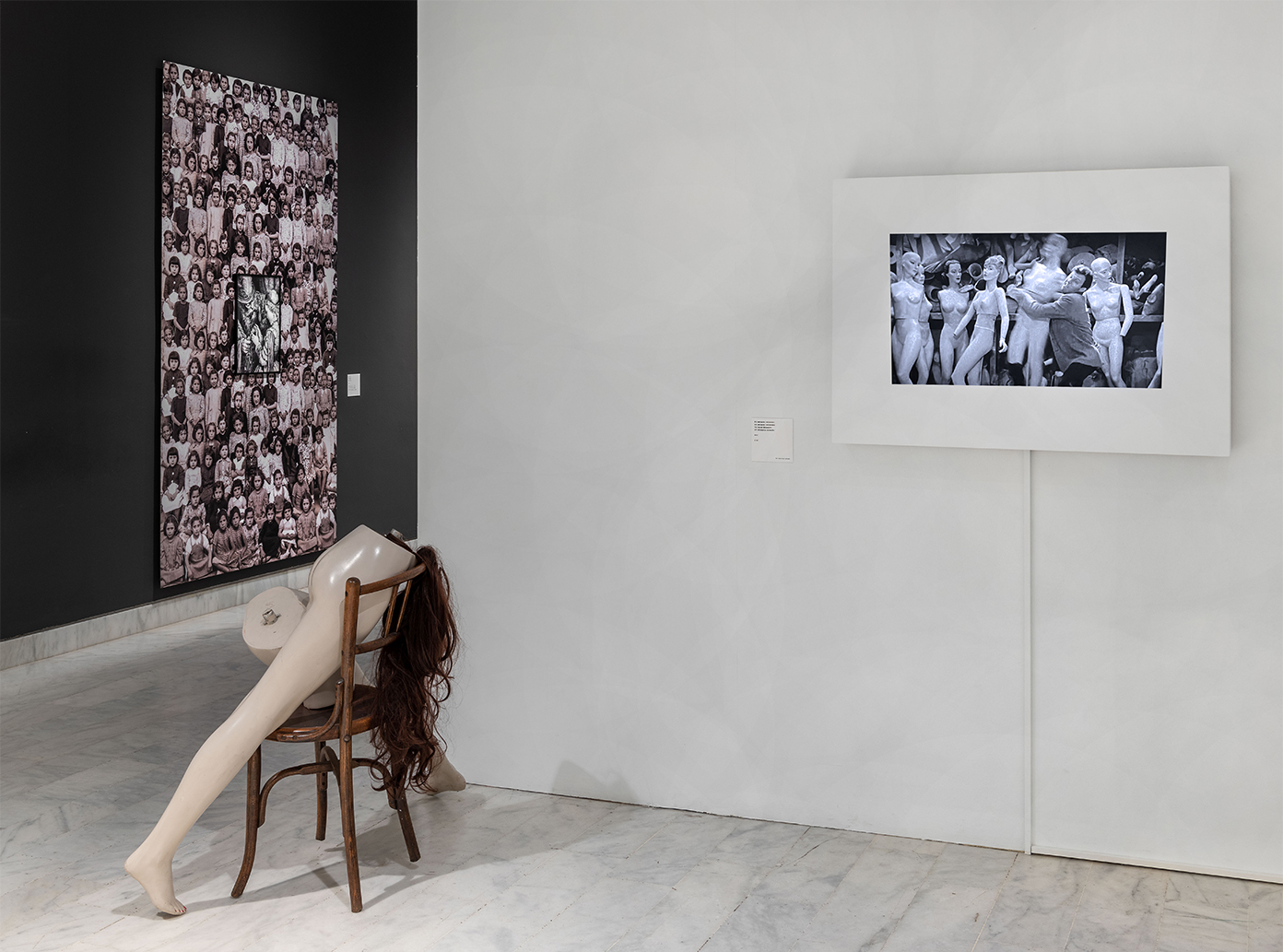
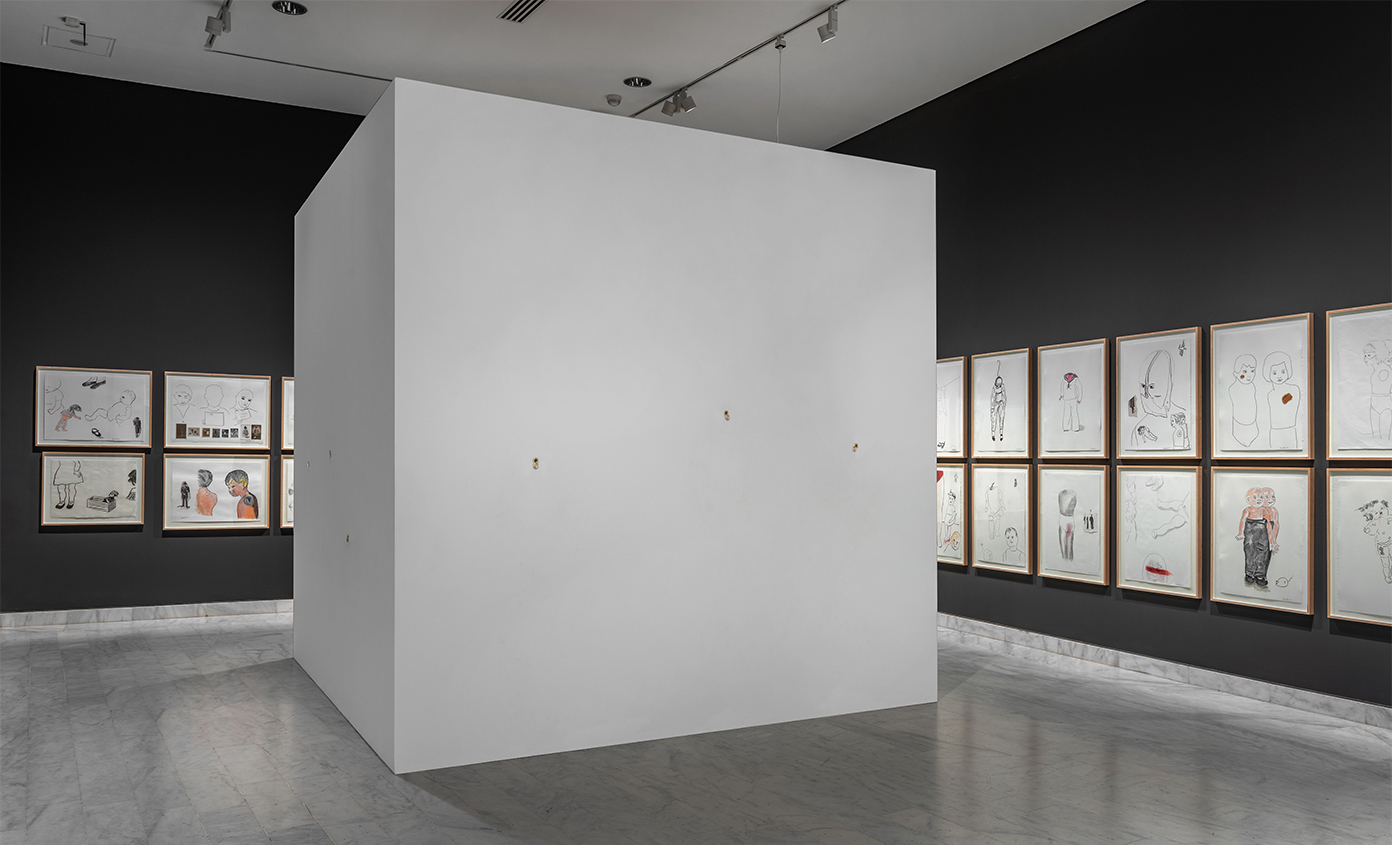
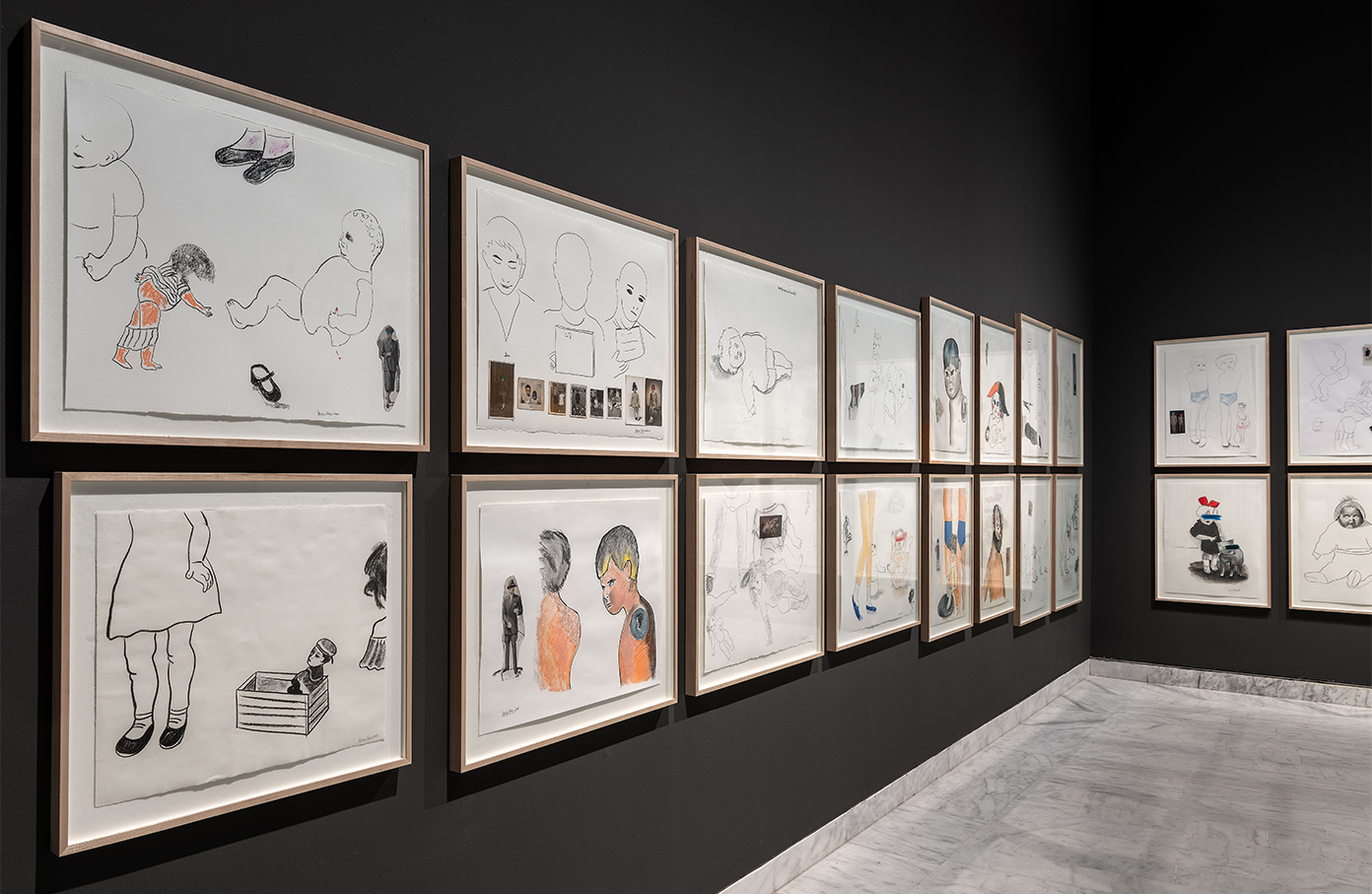
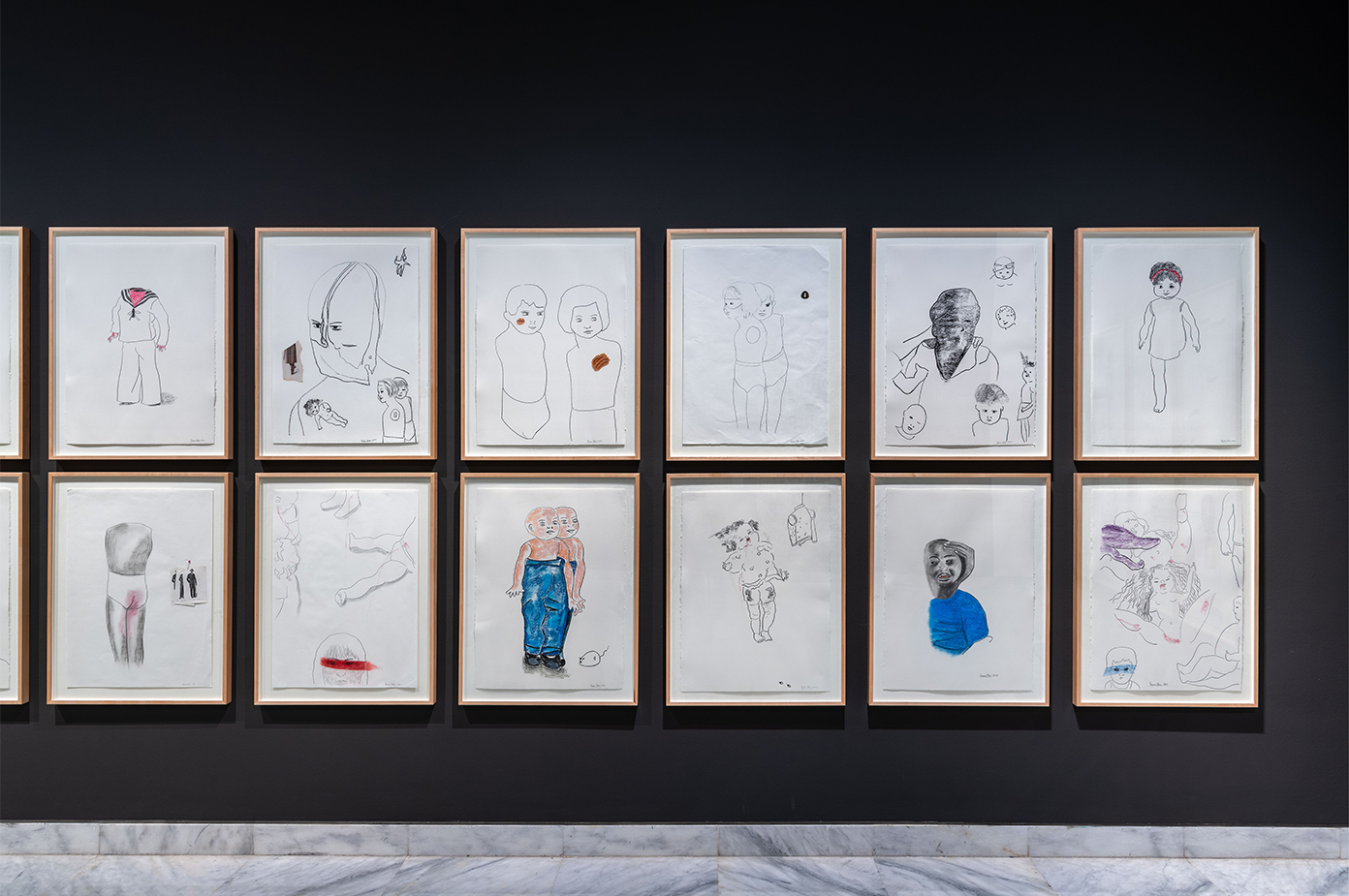
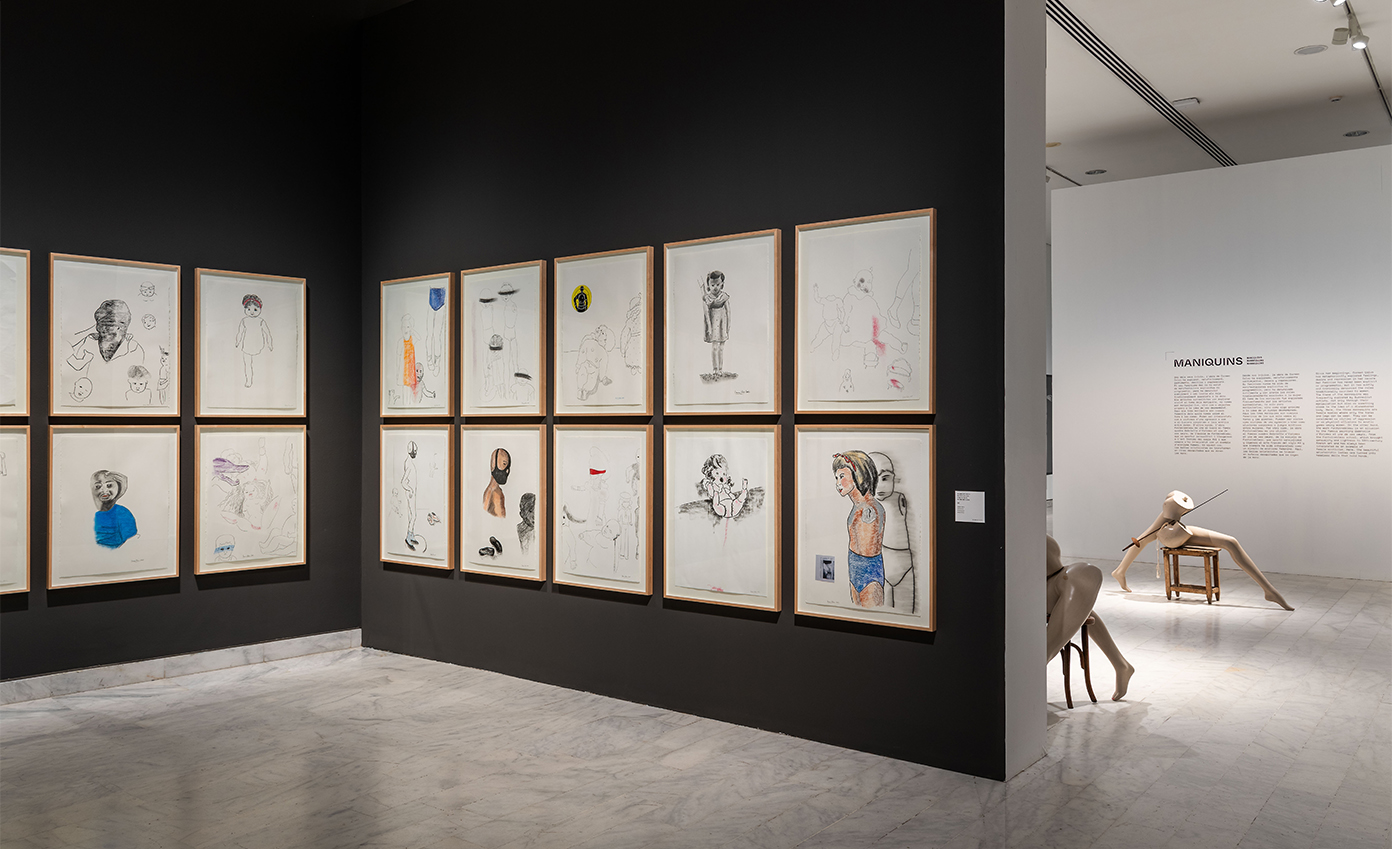
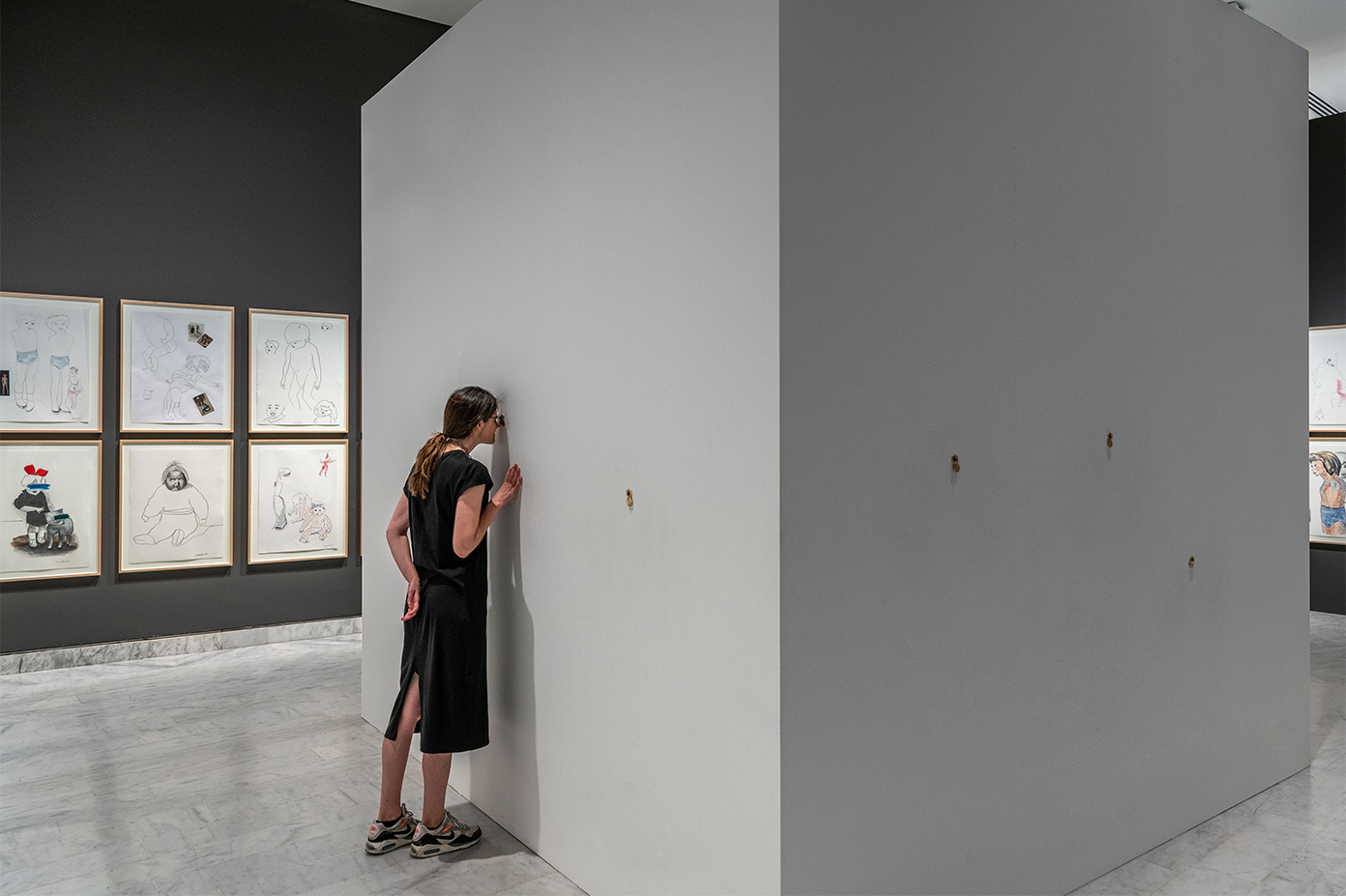
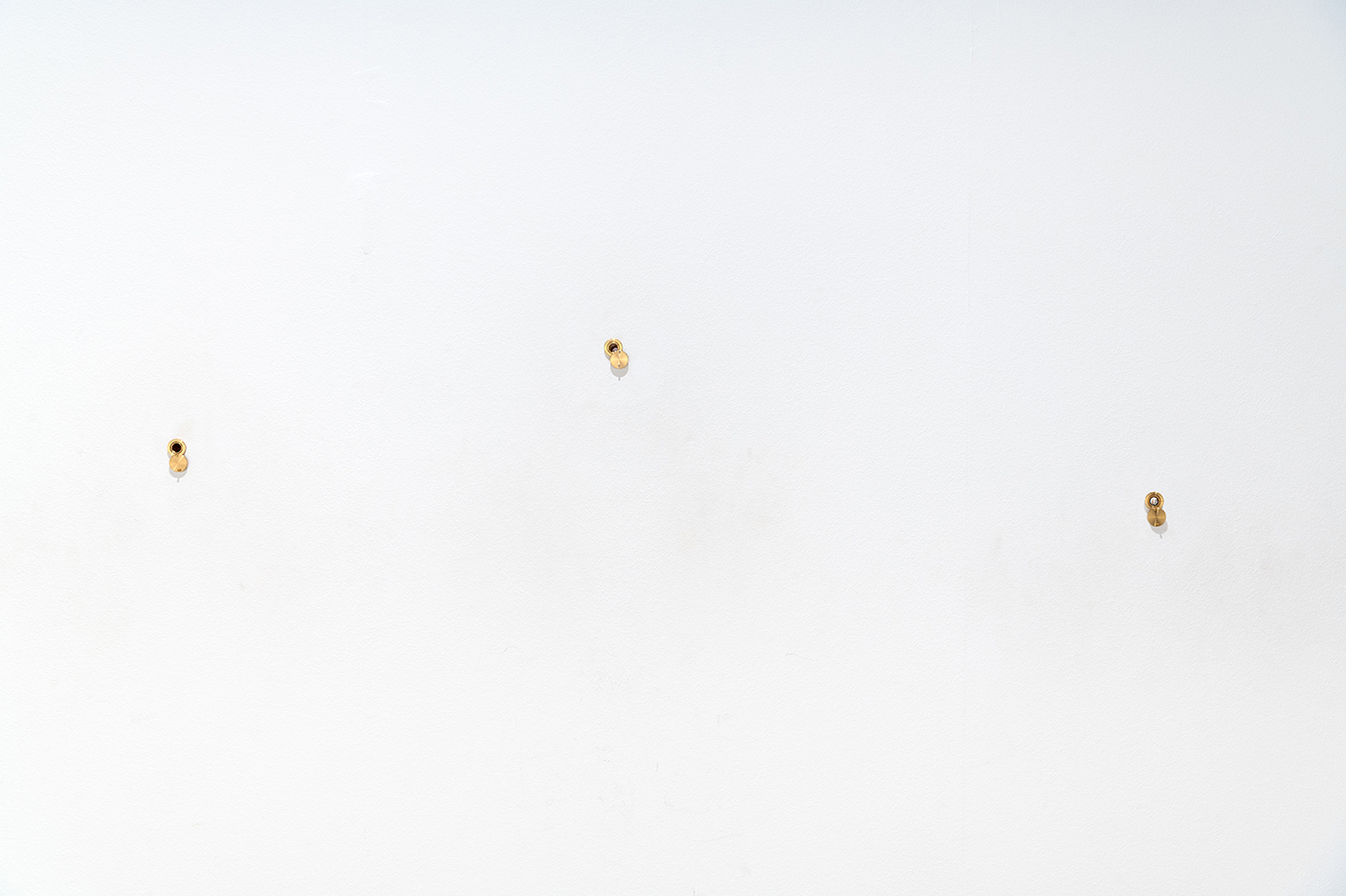
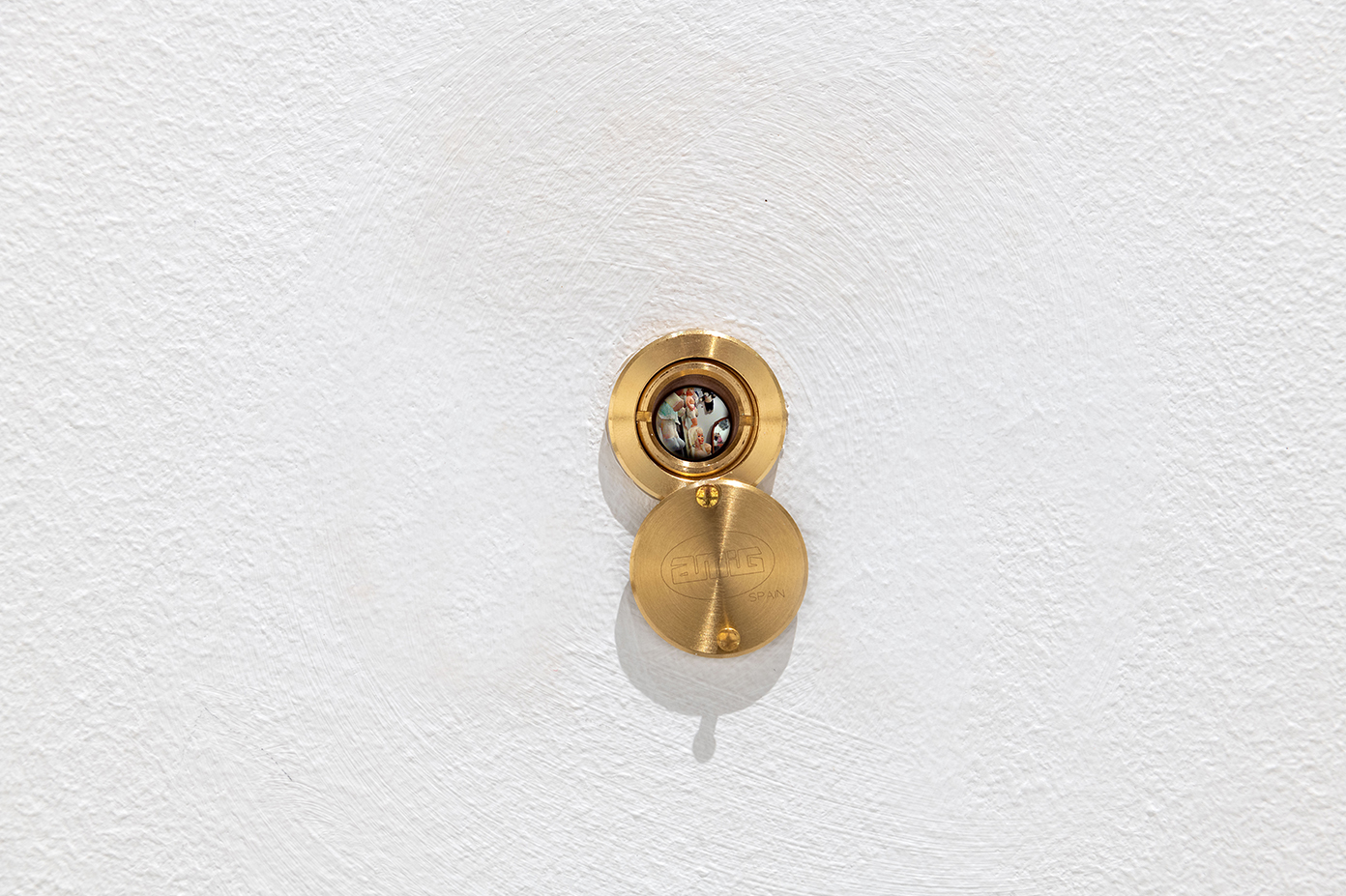
Photos: Juan García Rossel
Press release
Carmen Calvo (Valencia, 1950) is one of the most important visual artists in our country. Through her work, she investigates in a critical, yet poetic way, the vestiges of the past and the memory of our country. Calvo has carried out multiple exhibitions and has been the subject of a large number of recognitions and public commissions. For example, in 1997 she represented Spain, together with Joan Brossa, at the Venice Biennale. Among her retrospective exhibitions we can find that of the Museo Nacional Centro de Arte Reina Sofía (2002) and that of the Kubo Kutxa hall in Sant Sebastià (2019) and the recent major exhibition prepared by the IVAM (2022). She has also created several works for public spaces, such as the ceiling of the staircase of the Benicarló Palace, seat of the Valencian Courts (1994). In 2013 she was awarded the National Plastic Arts Award, in 2014 she was named an academician of the Real Academia de Bellas Artes de San Carlos and her latest recognition came in 2020 when she received the Julio González Award.
After the series Escrituras, Paisajes y Recopilaciones, made with clay brushstrokes, she created still lifes with abstract forms of plaster, iron and clay and worked with found objects full of a great emotional charge. She later moved to the photographic medium, with enlargements of photographs from the 1940s, 1950s and 1960s that she manipulates with paint and with objects such as ropes, ribbons, wax hands, hair, masks and needles. They are collective or individual portraits of an era of silence and repression, treated with acidity and irony and, sometimes, touching on surrealist poetry.
This anthological exhibition of the Valencian artist consists of 7 rooms. Paintings from her beginnings interpreted and manipulated by objects or pieces of paint are on display. The tour continues in a room that demonstrates Calvo's fascination with the arrangement of archaeological objects and how they relate to history. In her Prestatgeries (Shelves), she includes plaster or plaster shapes taken from cardboard moulds or boxes, and the result is sober geometric blocks that remind us of constructivist compositions. In the following spaces, the Valencian artist offers a highly critical account of post-war Spain, until approximately the nineteen sixties, through photographs and their negatives, altered with materials such as masks or razors. Calvo is somewhat of a feminist artist. Her feminism which is not explicitly or programmatically expressed, but which subtly and ironically denounces the roles traditionally associated with women. In the penultimate room there are three mannequins with female bodies of which we only see the torso and legs. They can be interpreted as victims of an assault or as bodily allusions to erotic games between women.
At the end of the exhibition you can see a closed room, which emulates a cage and which is one of the most notable elements of the whole exhibition for its critical force. It is an installation inspired by an event in 1997 when some parents locked their daughter in a room for weeks as a disciplinary measure.
Catalogue
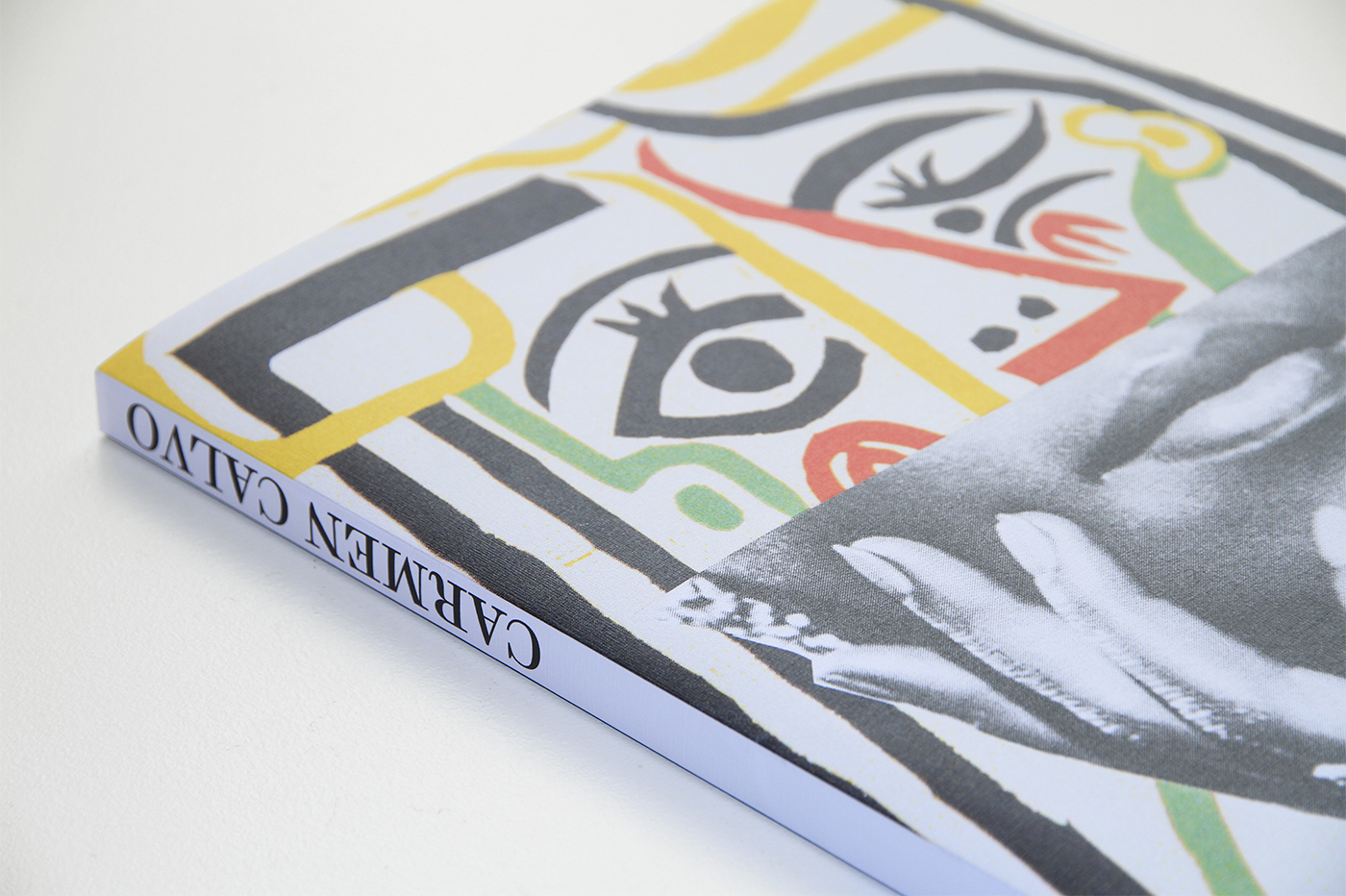
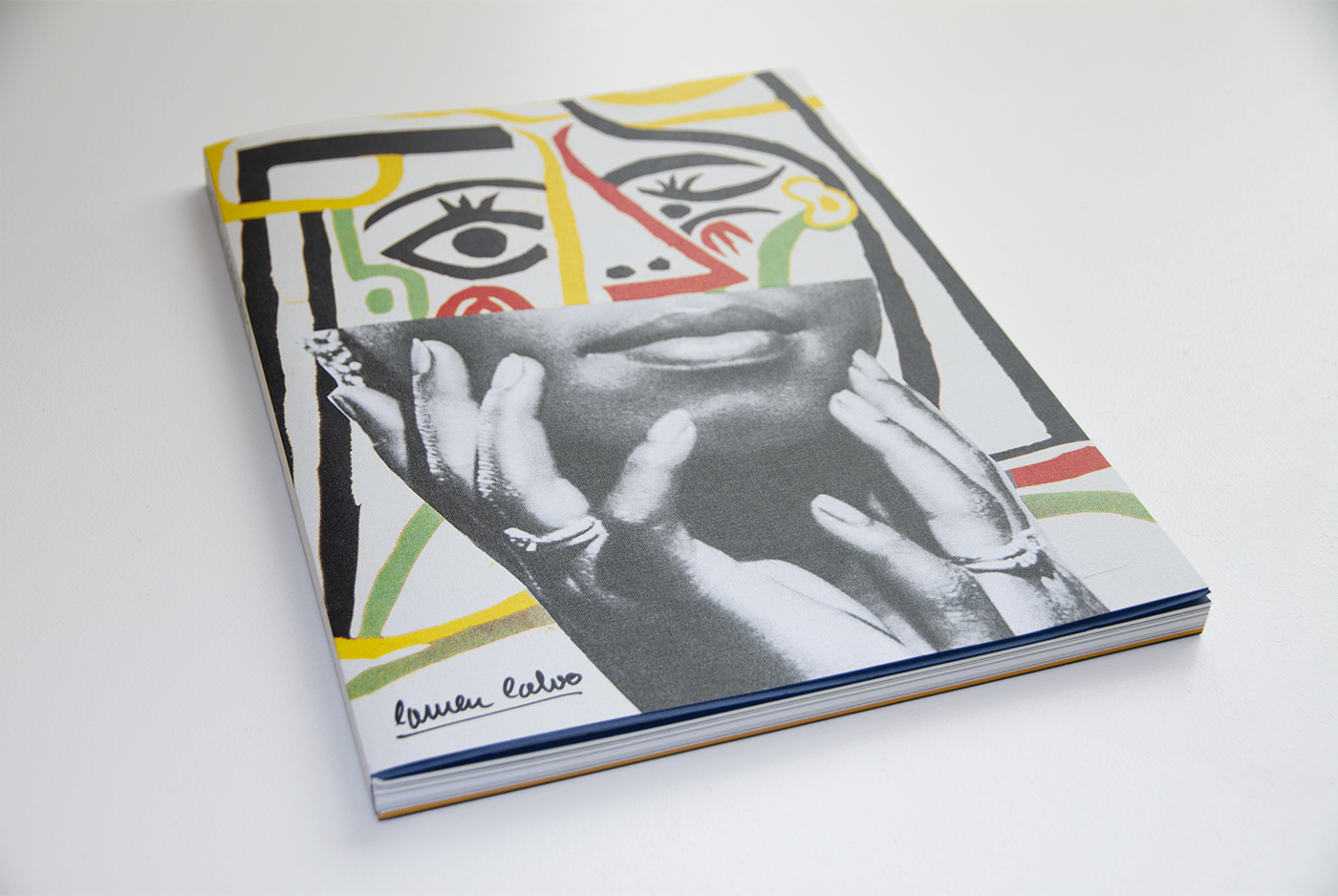
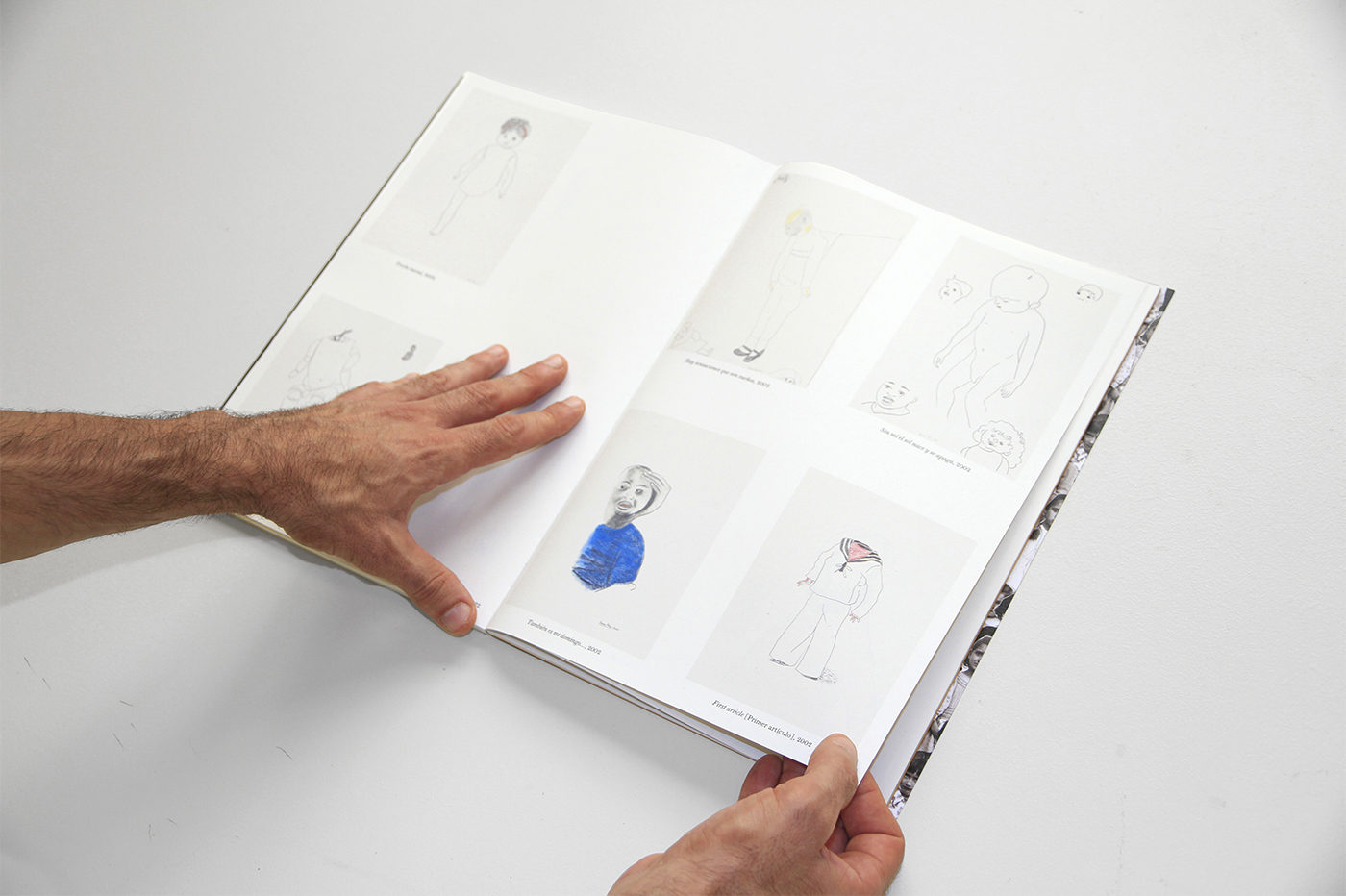
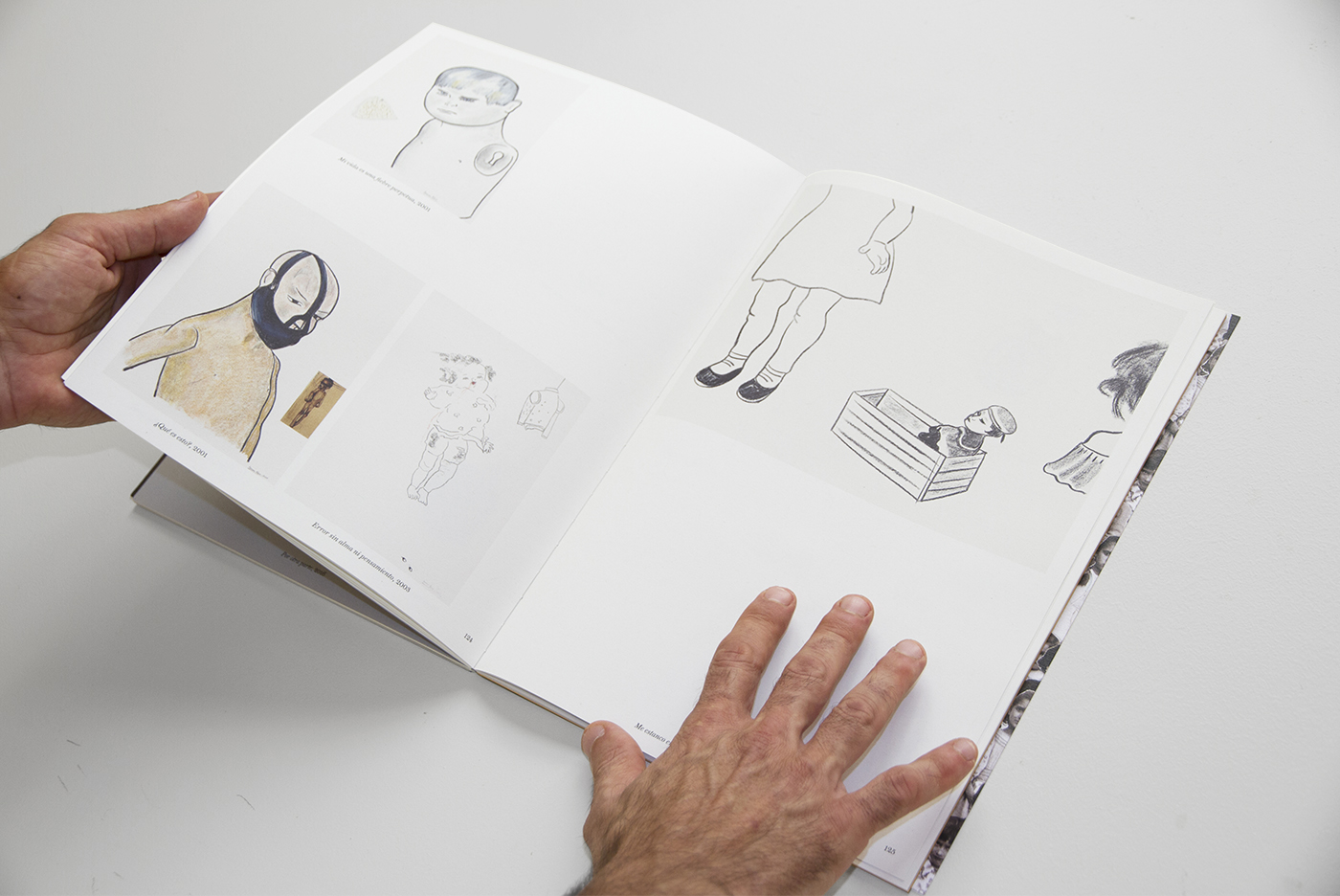
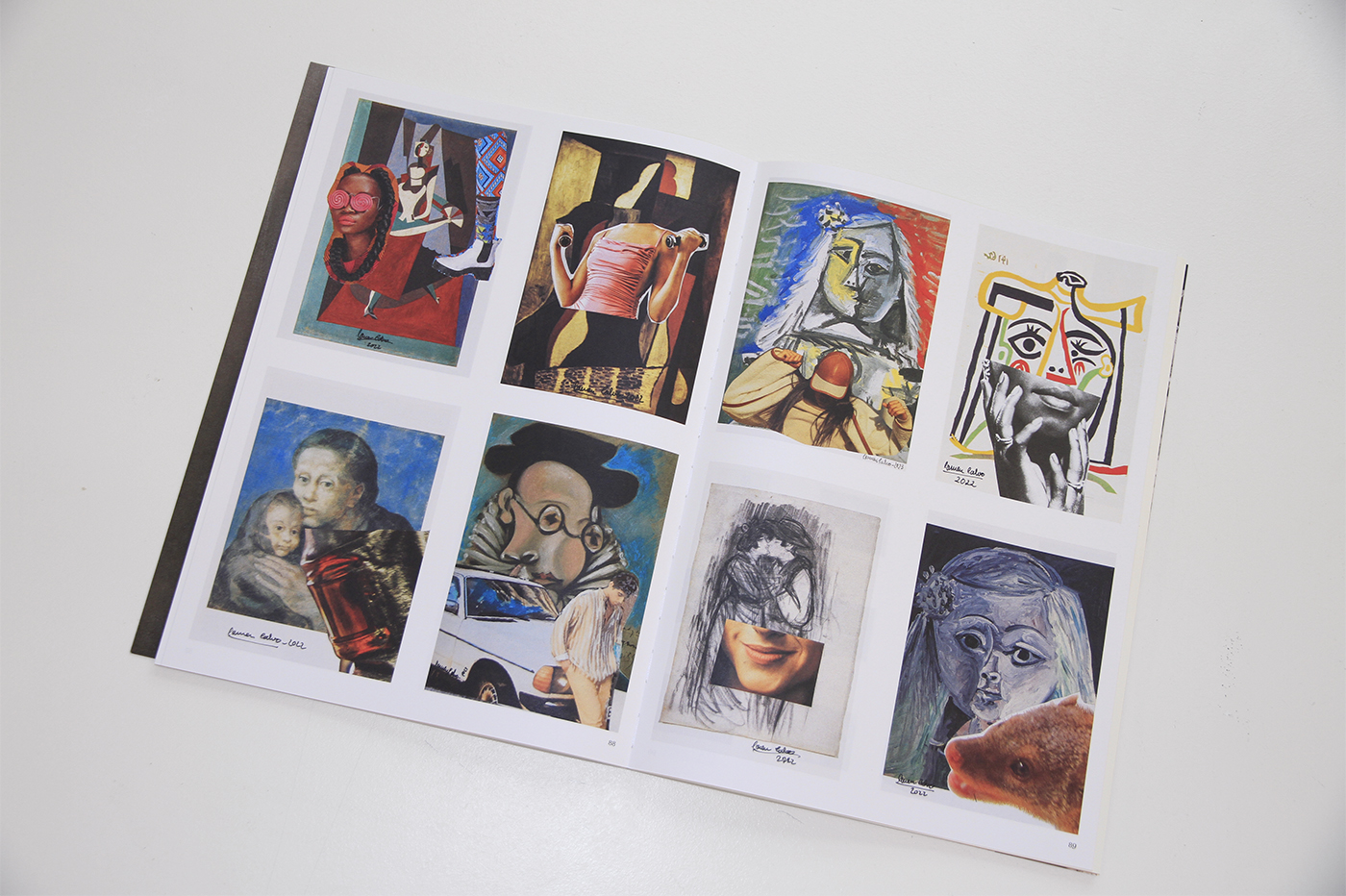
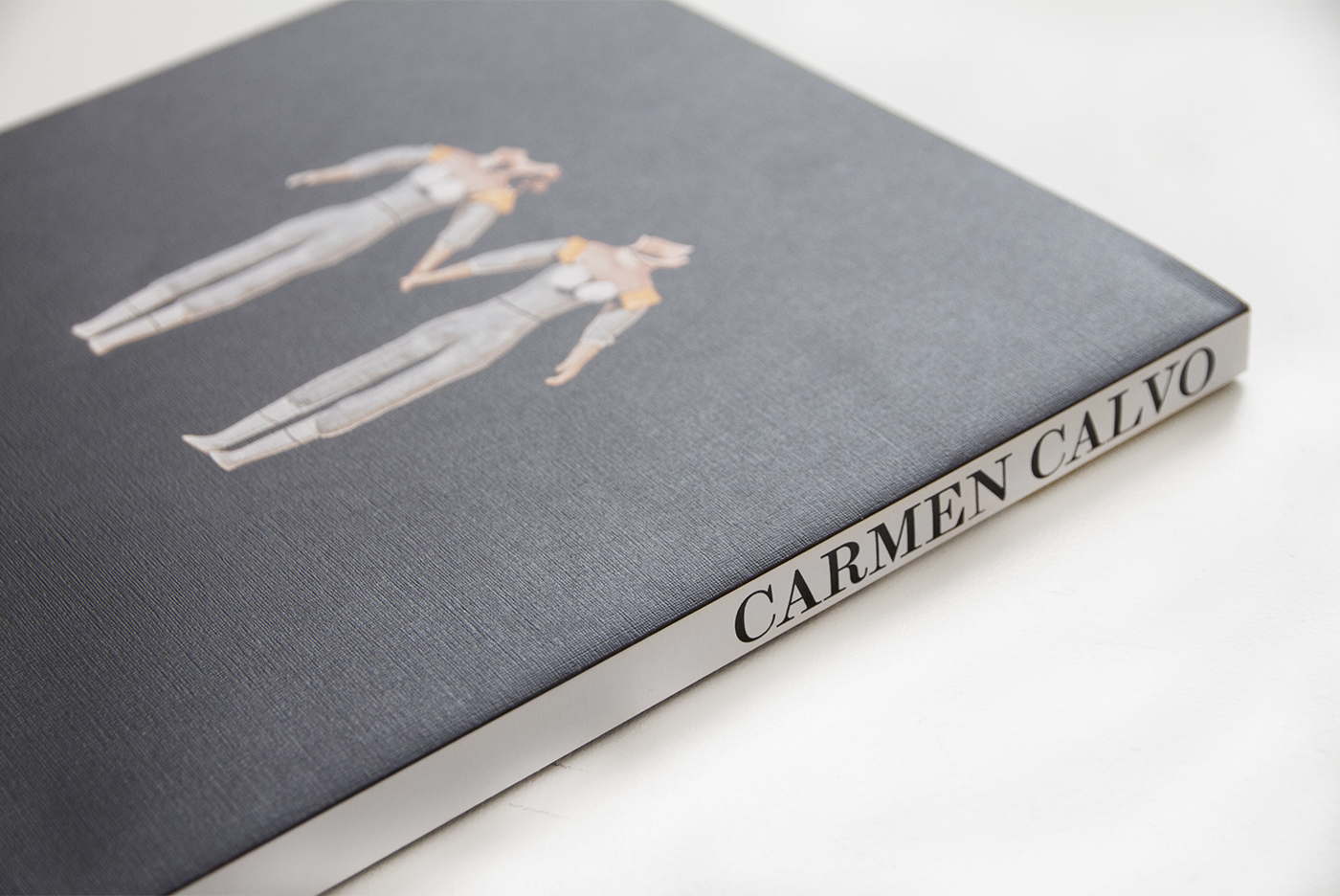
Media

